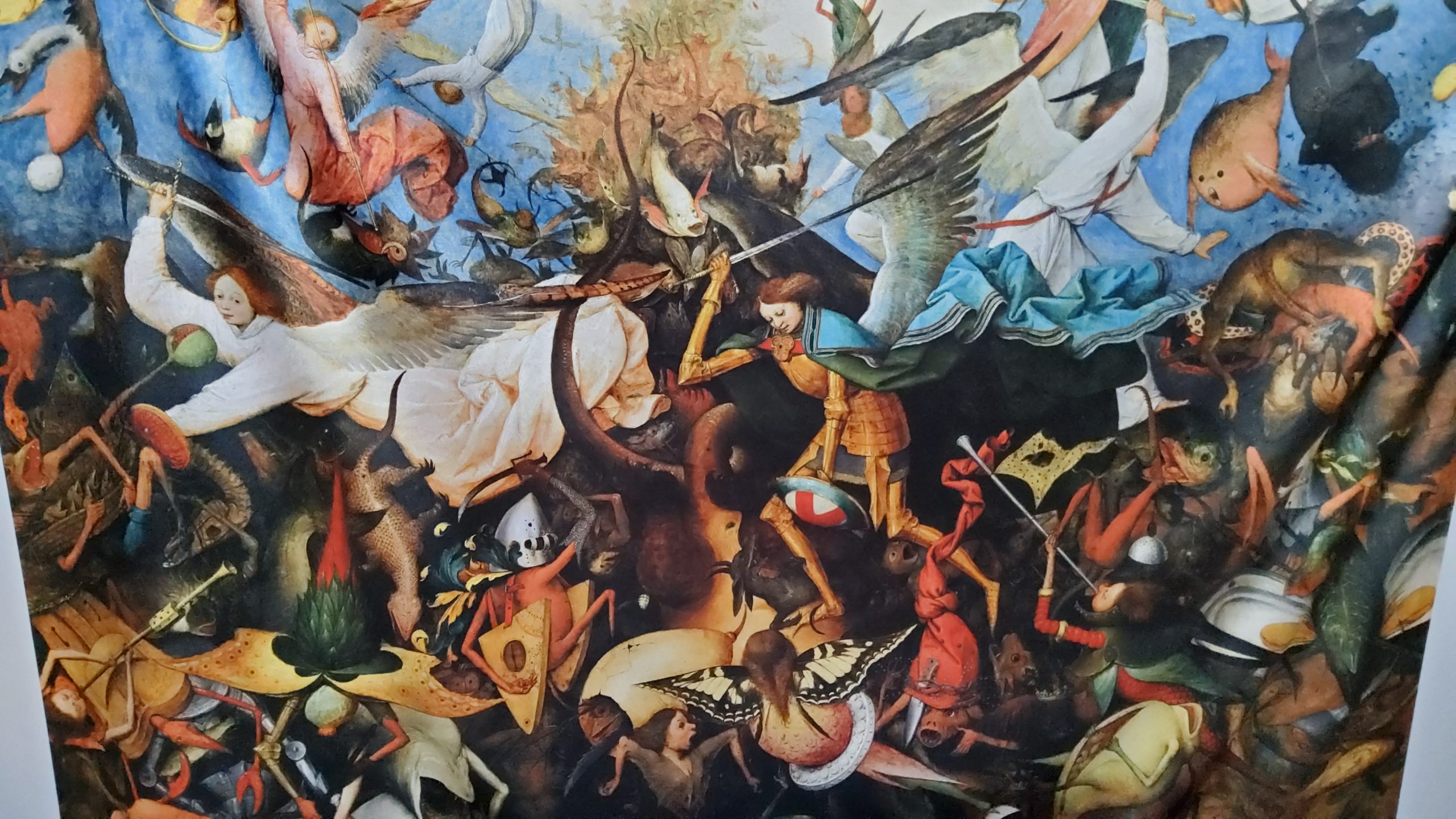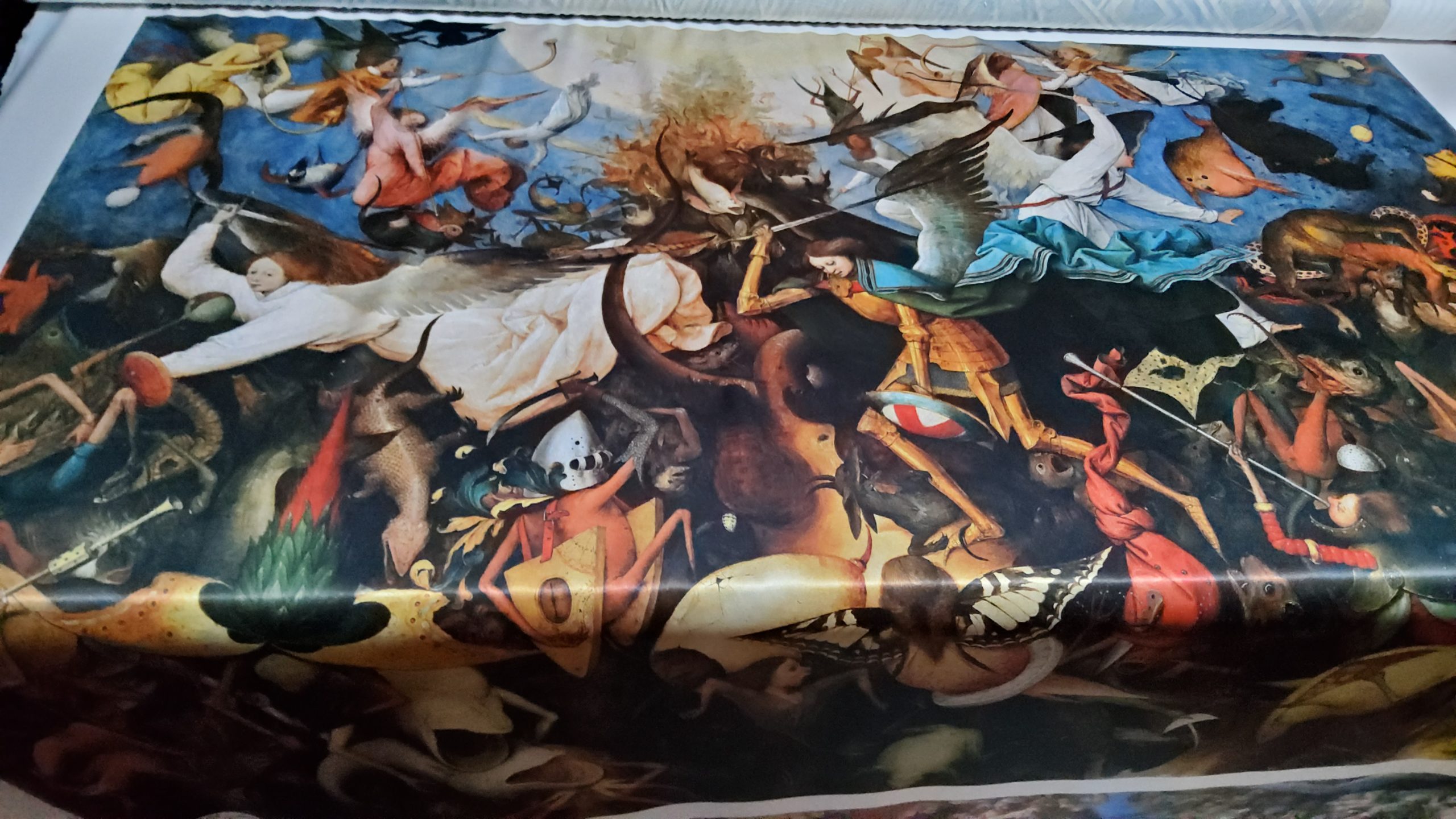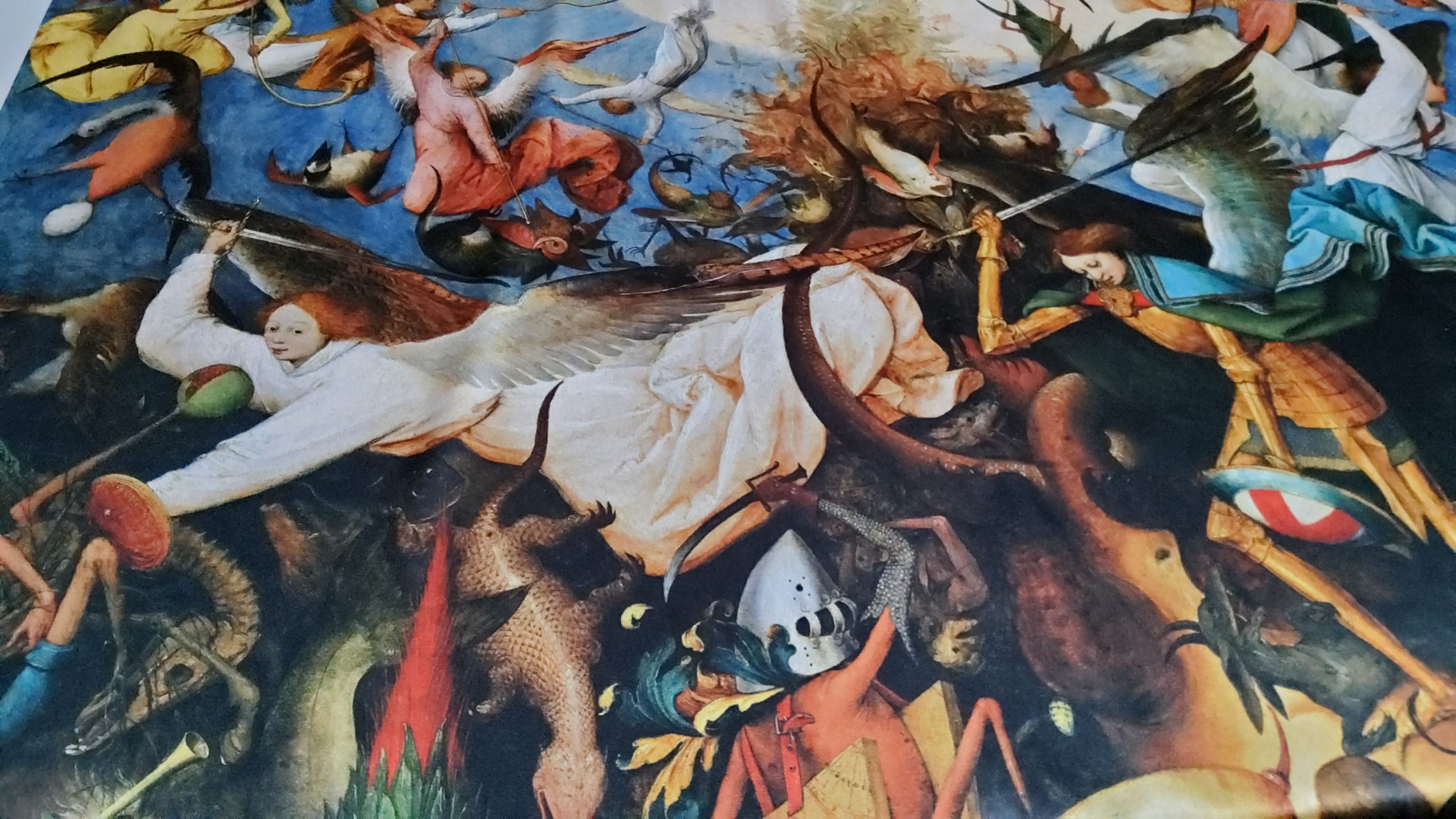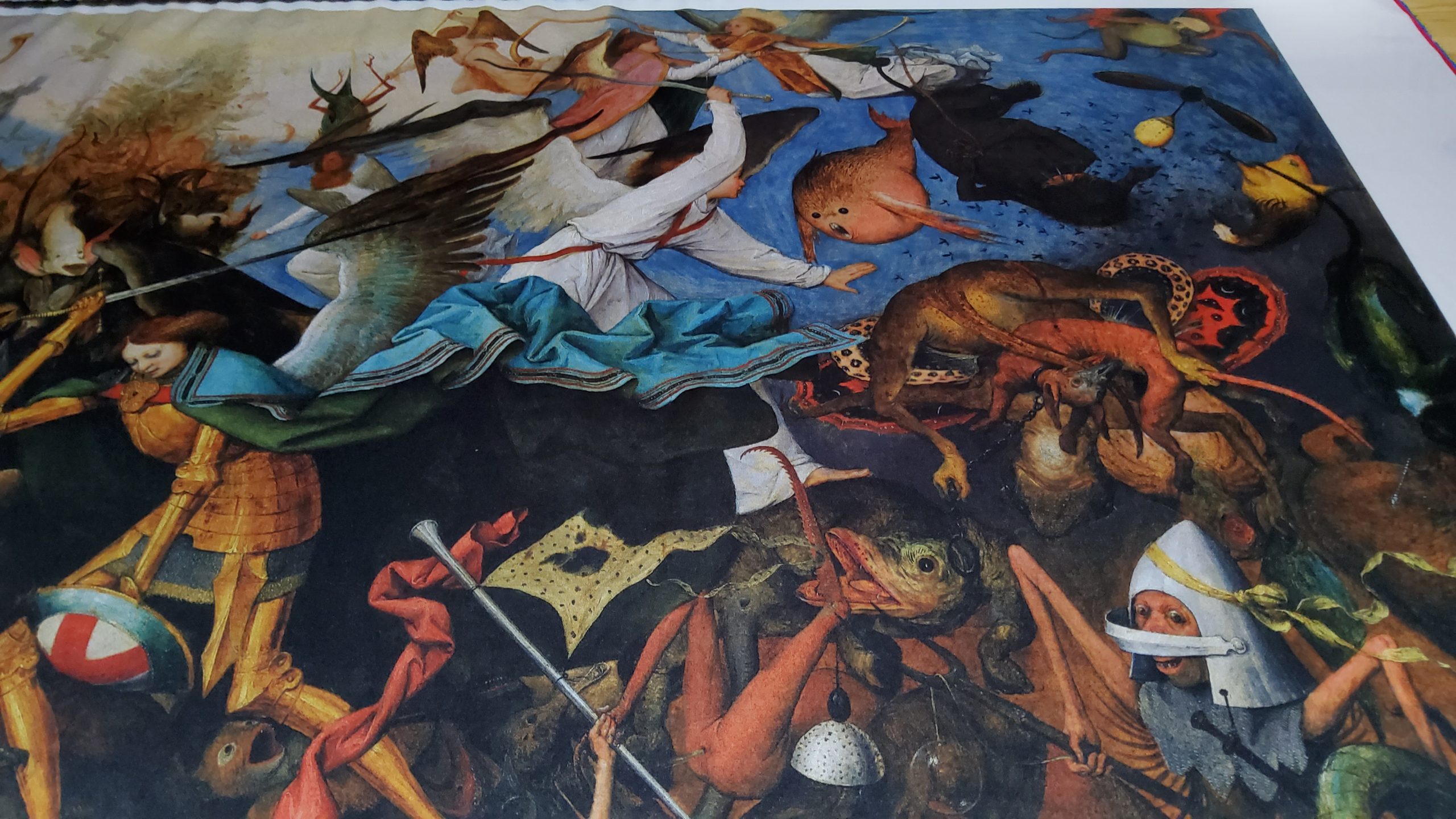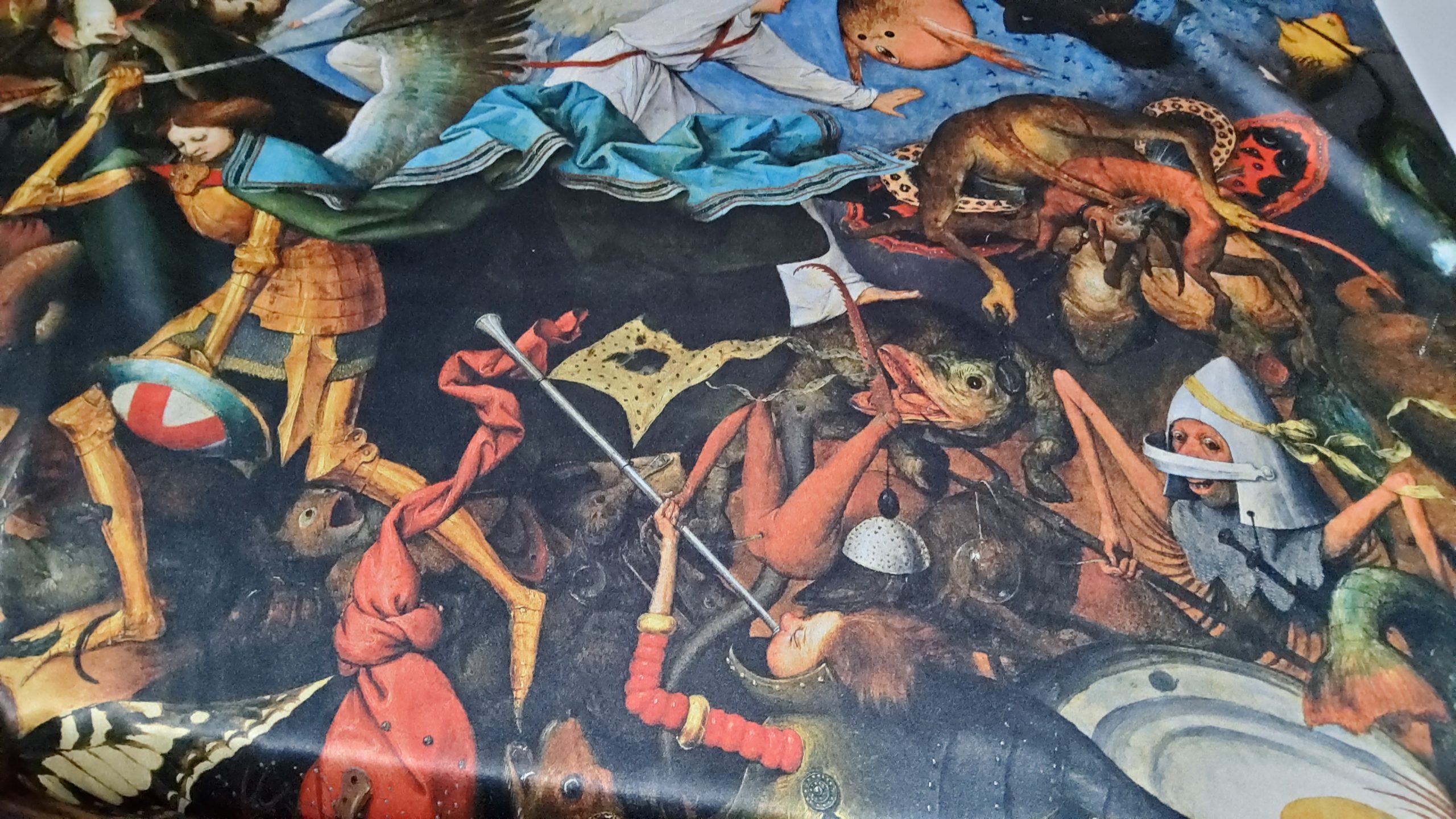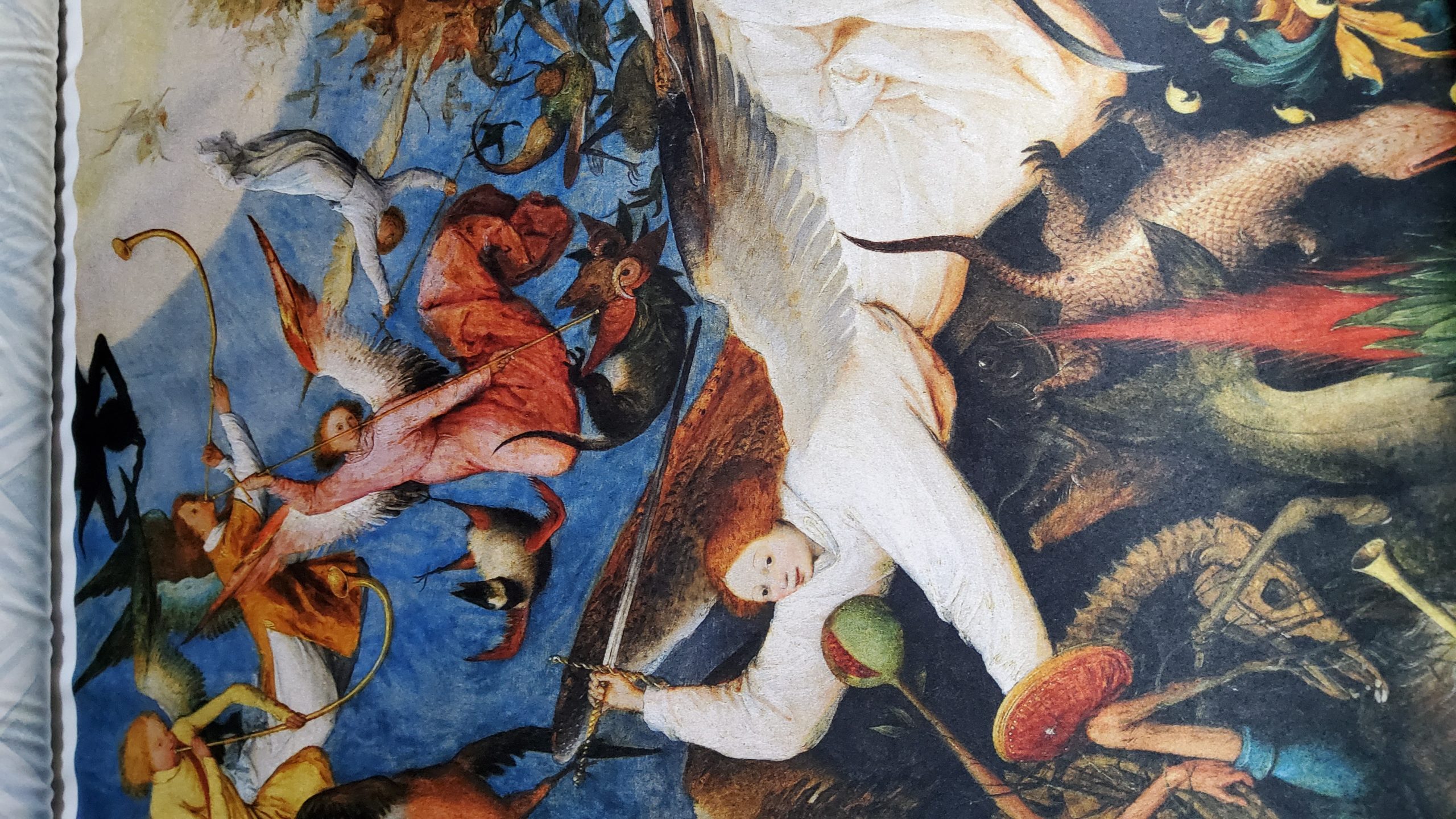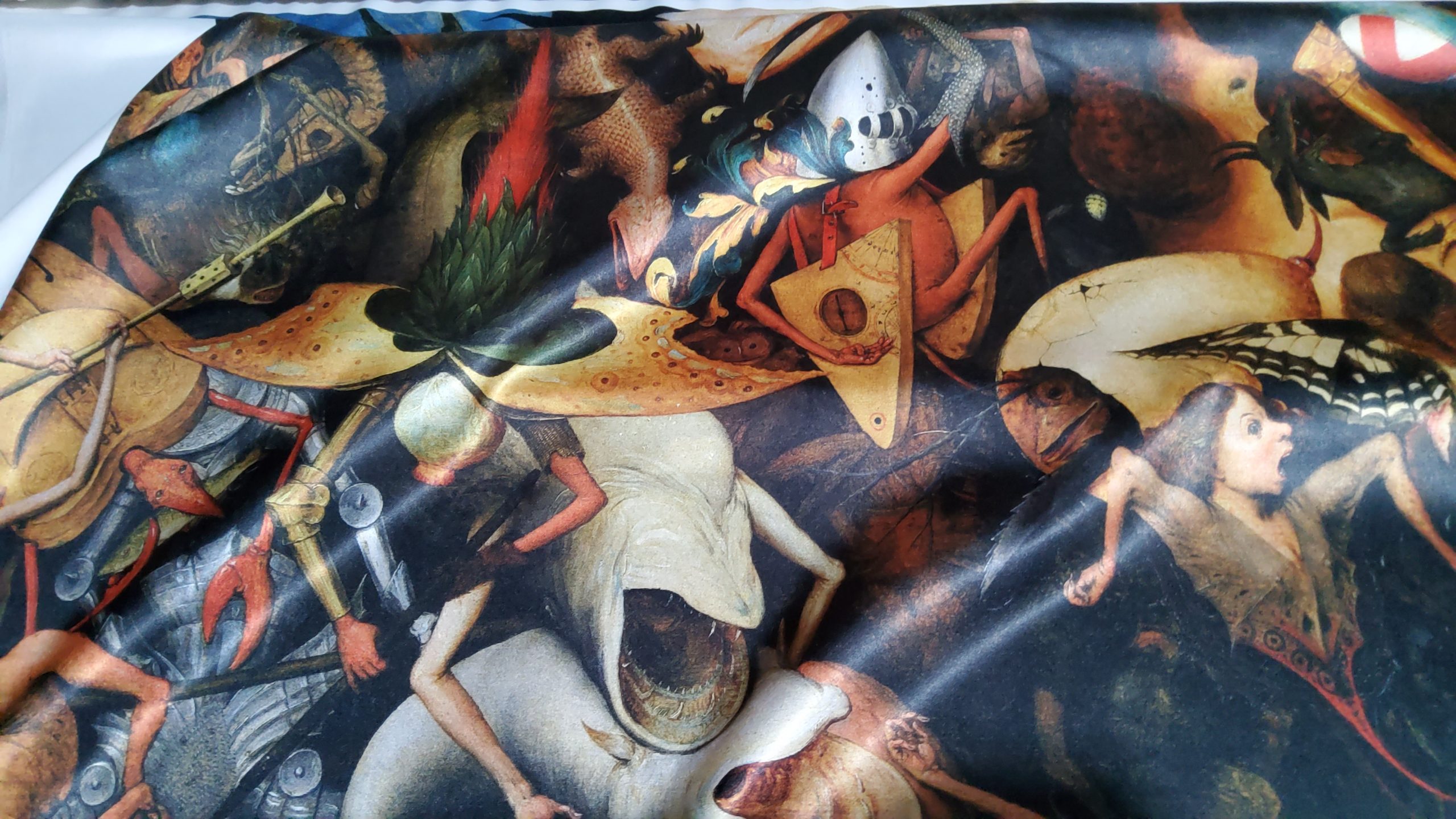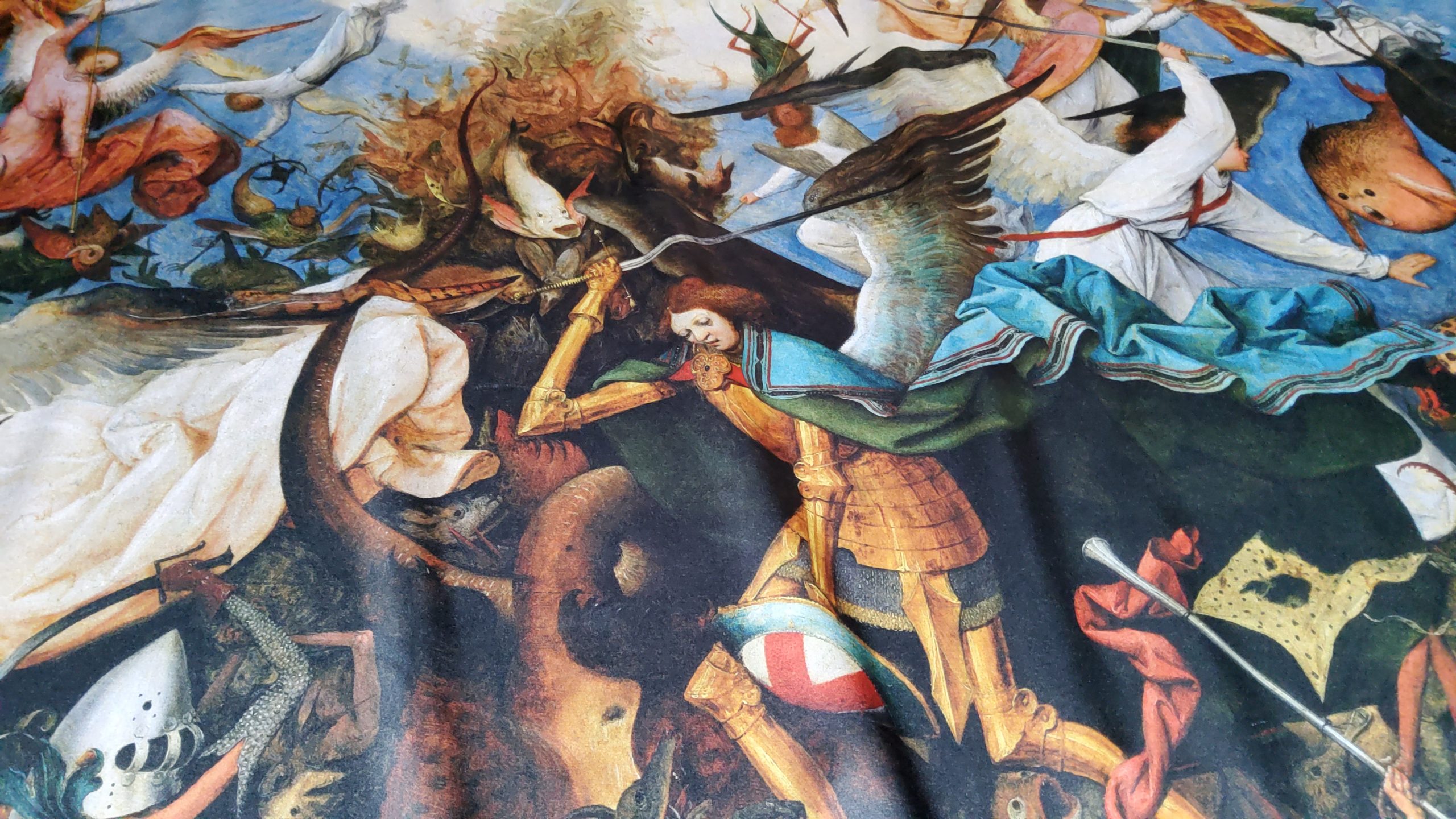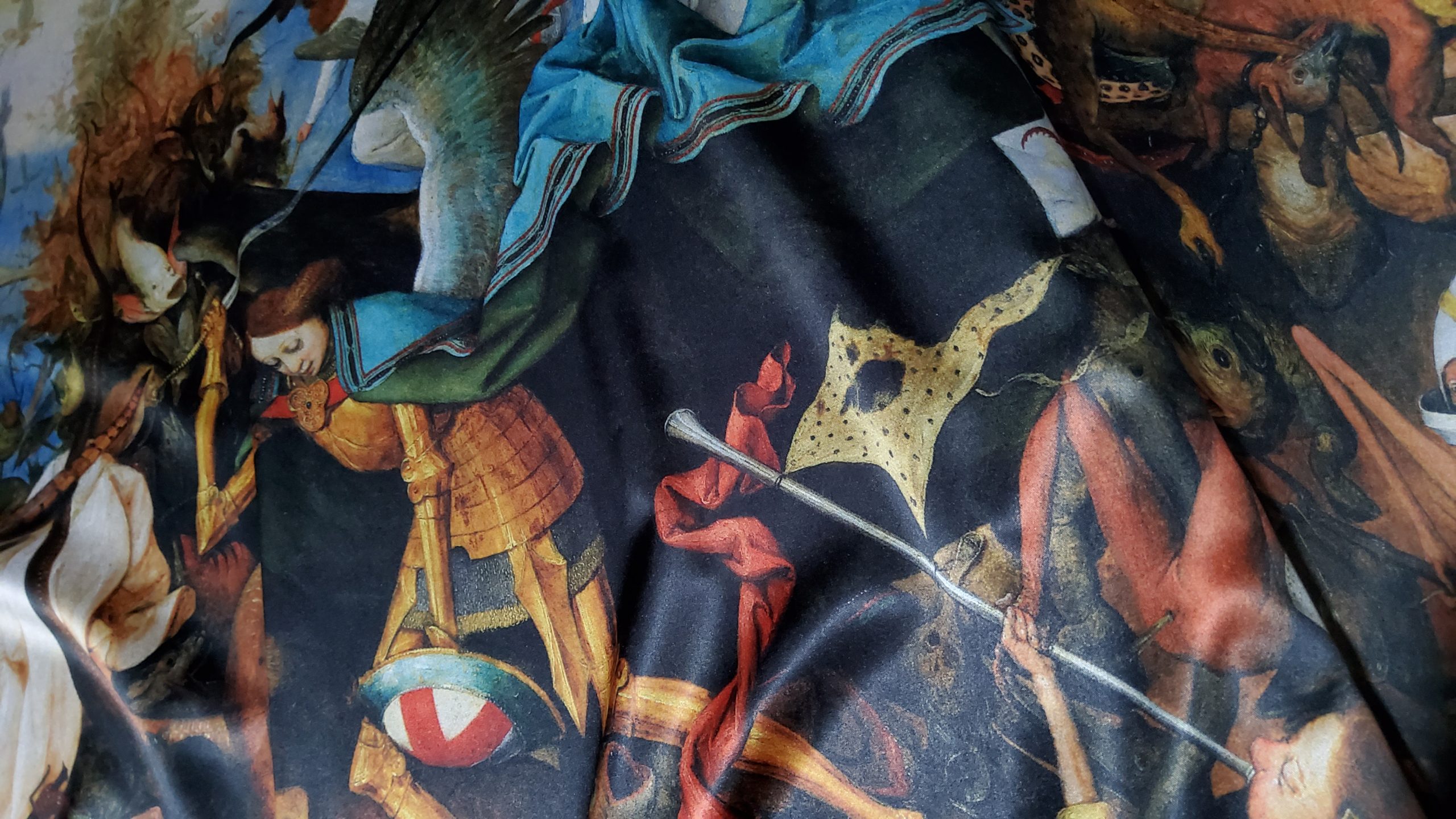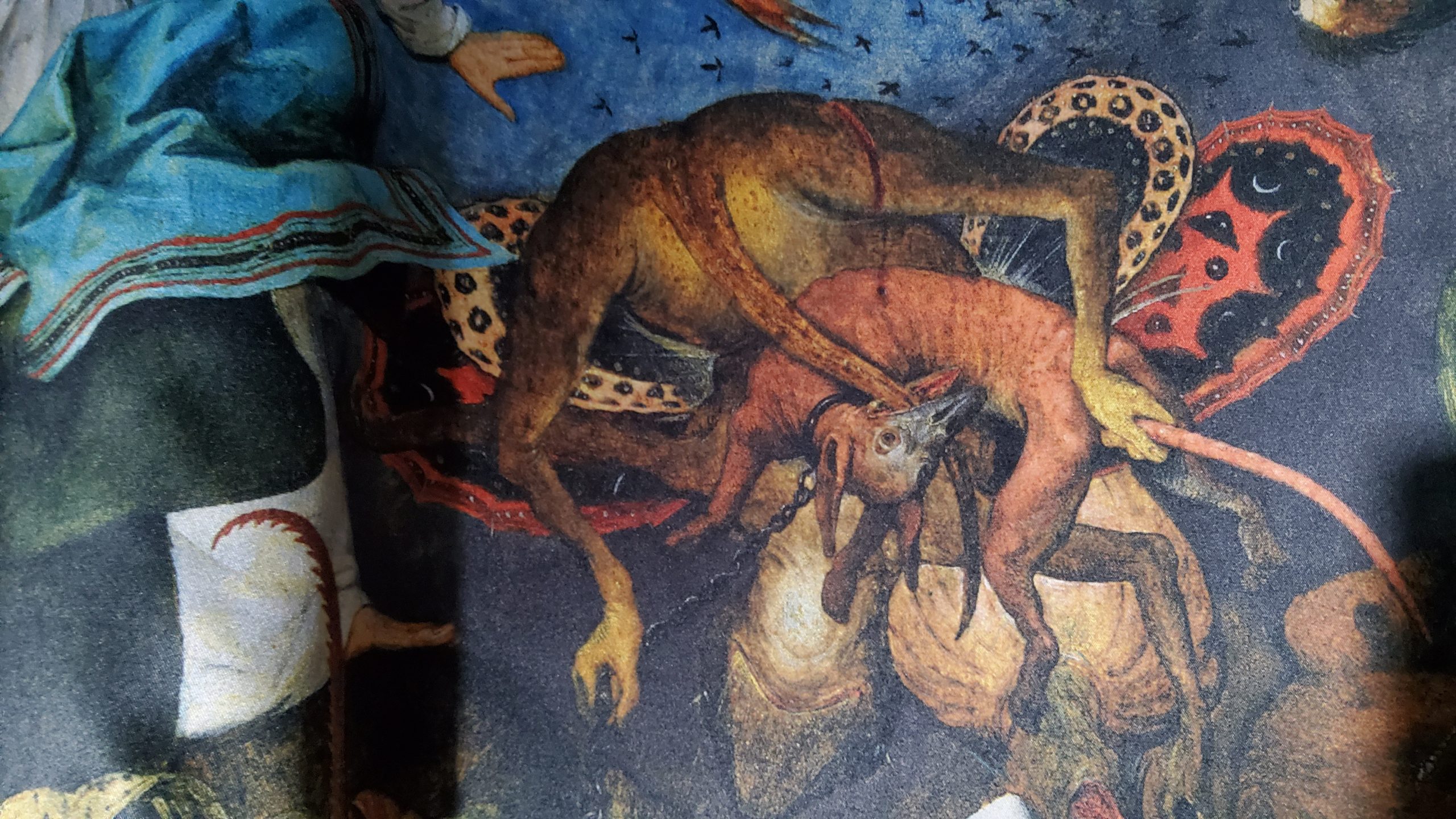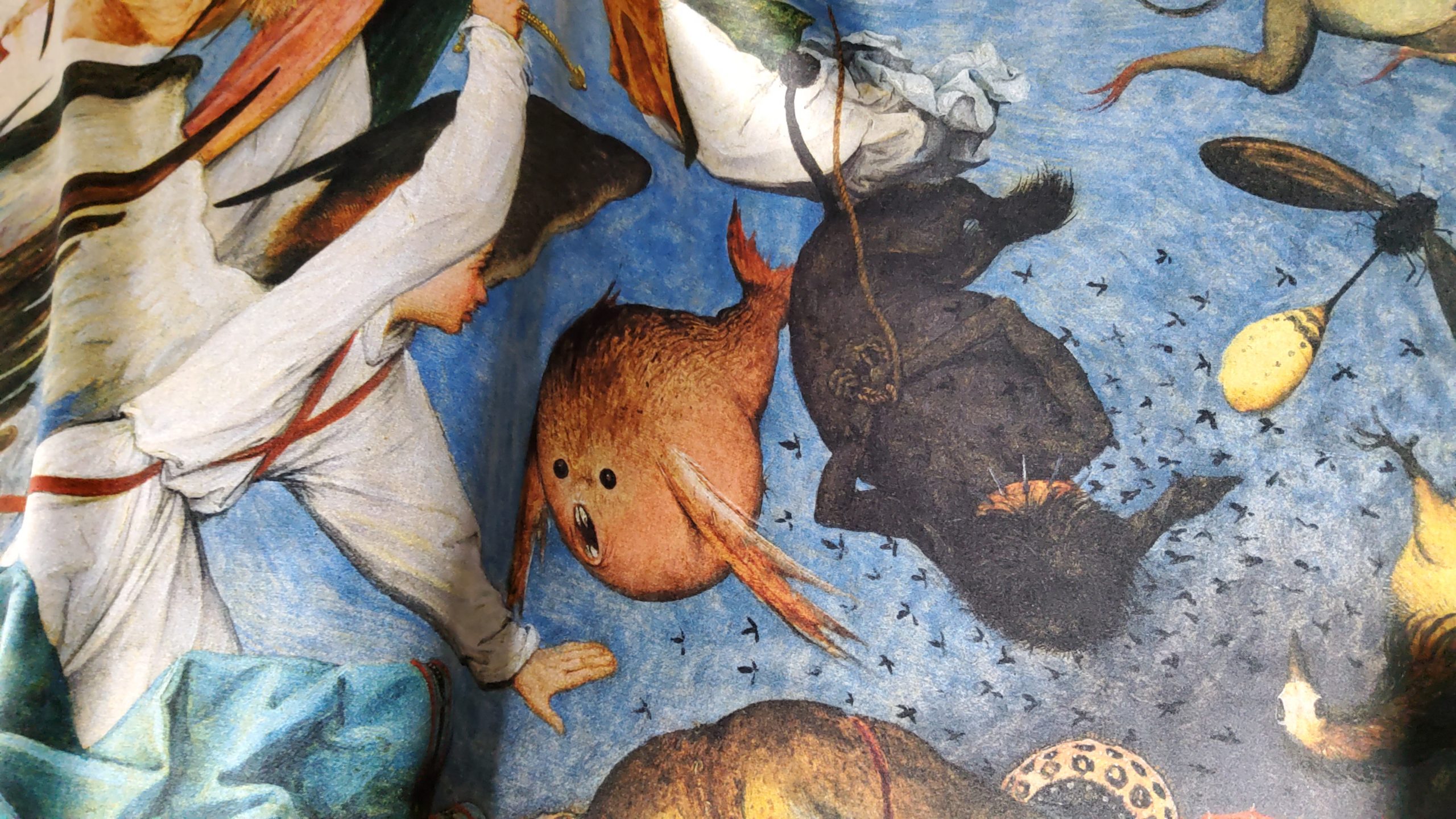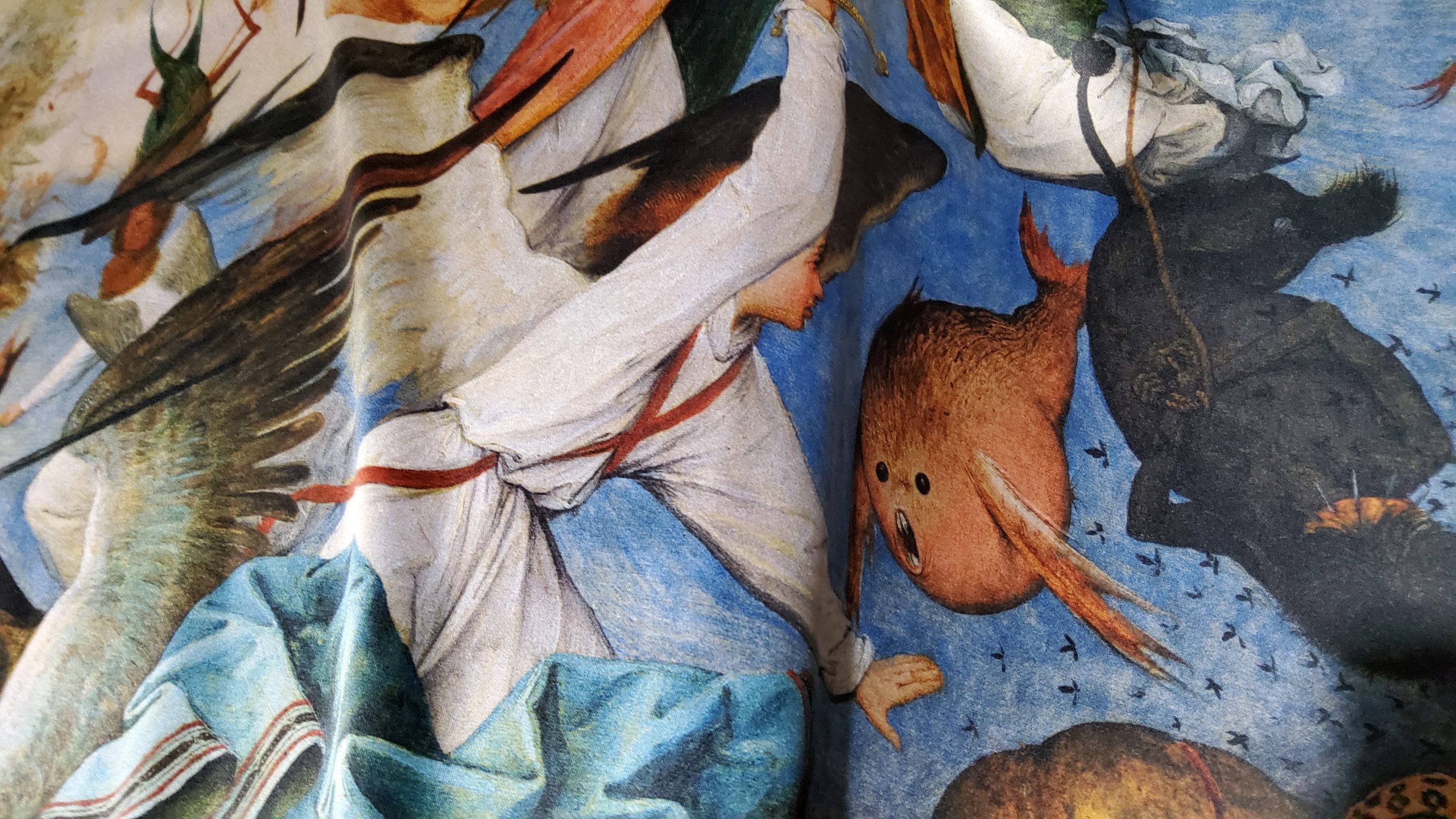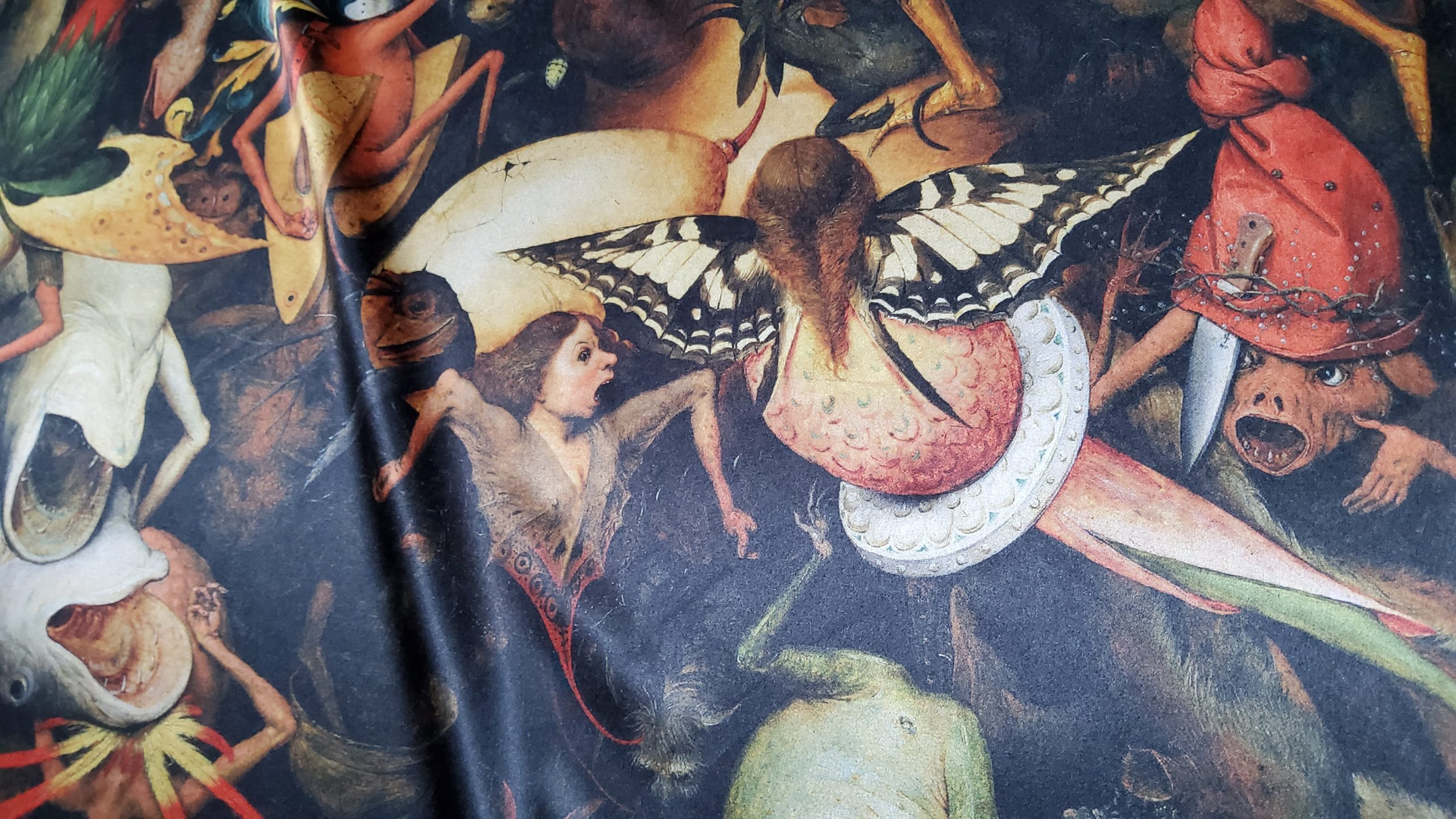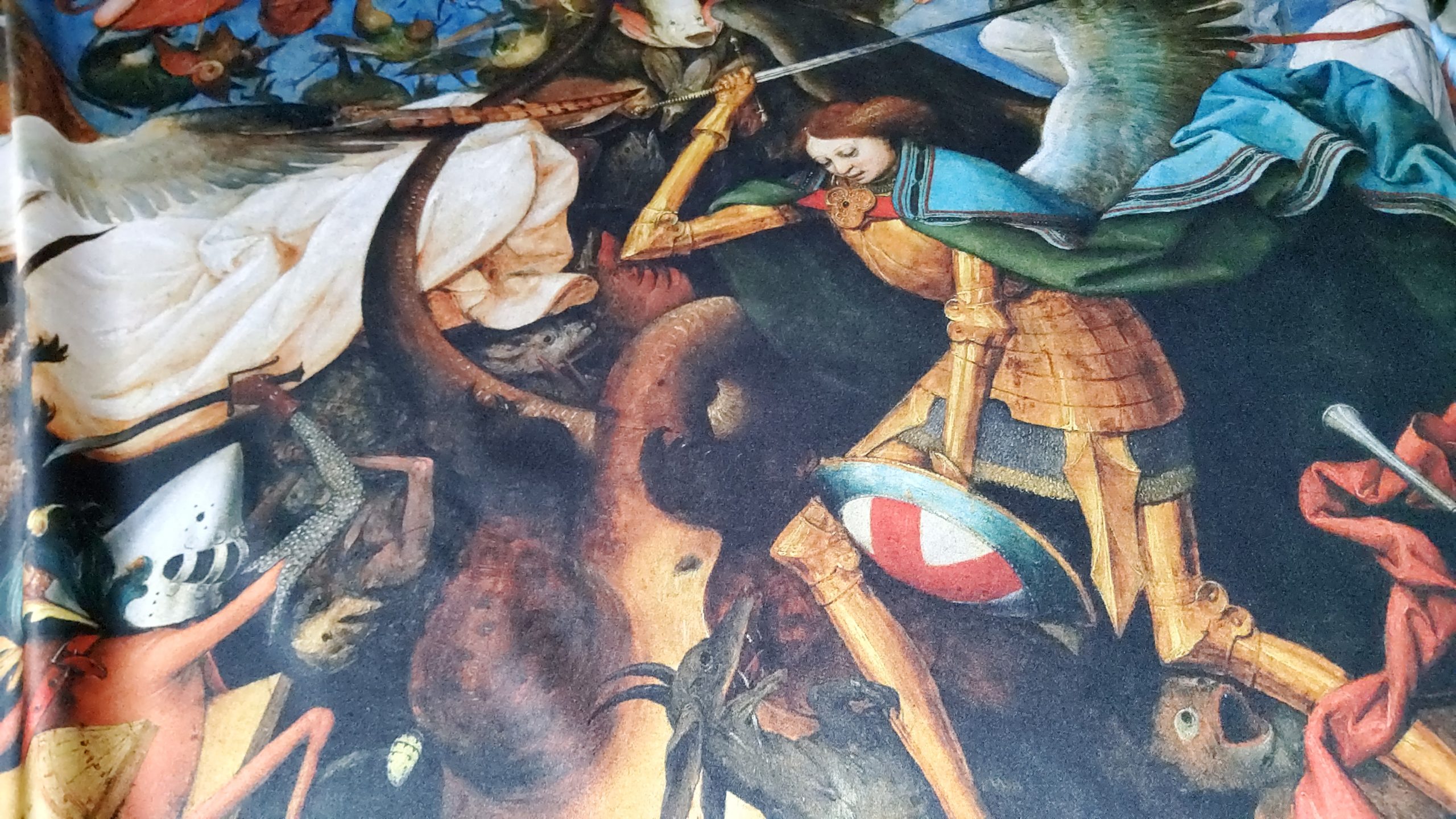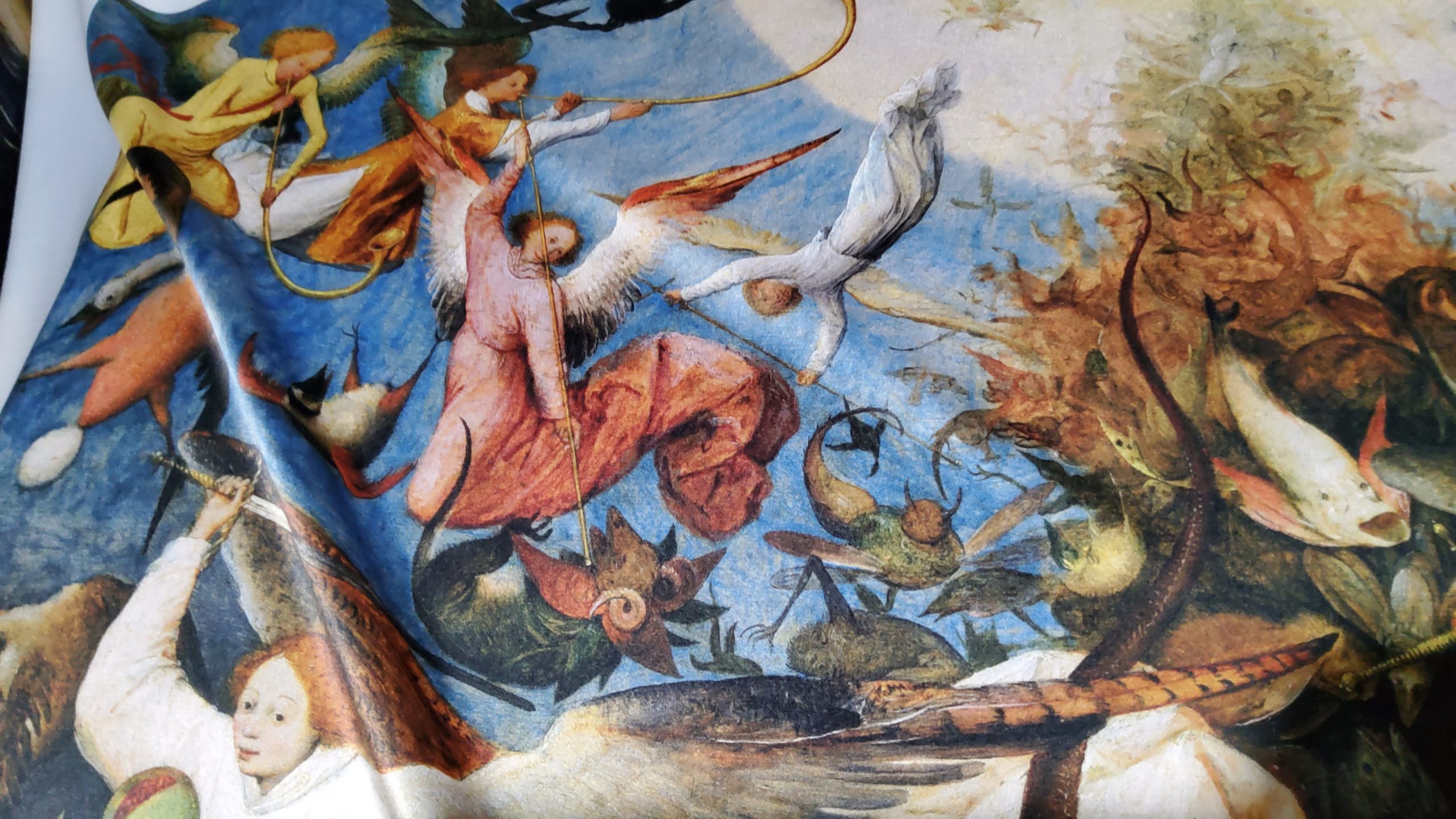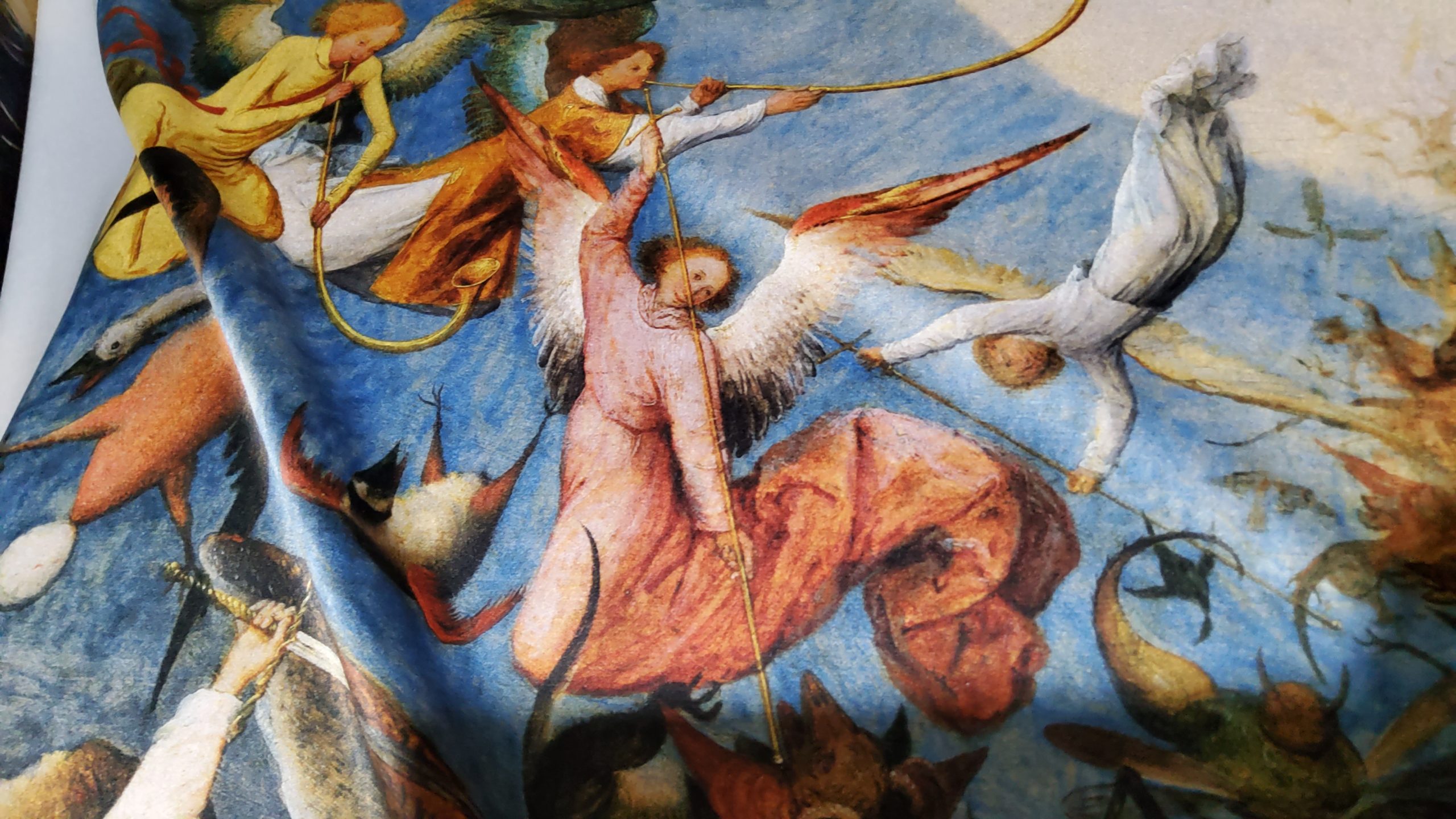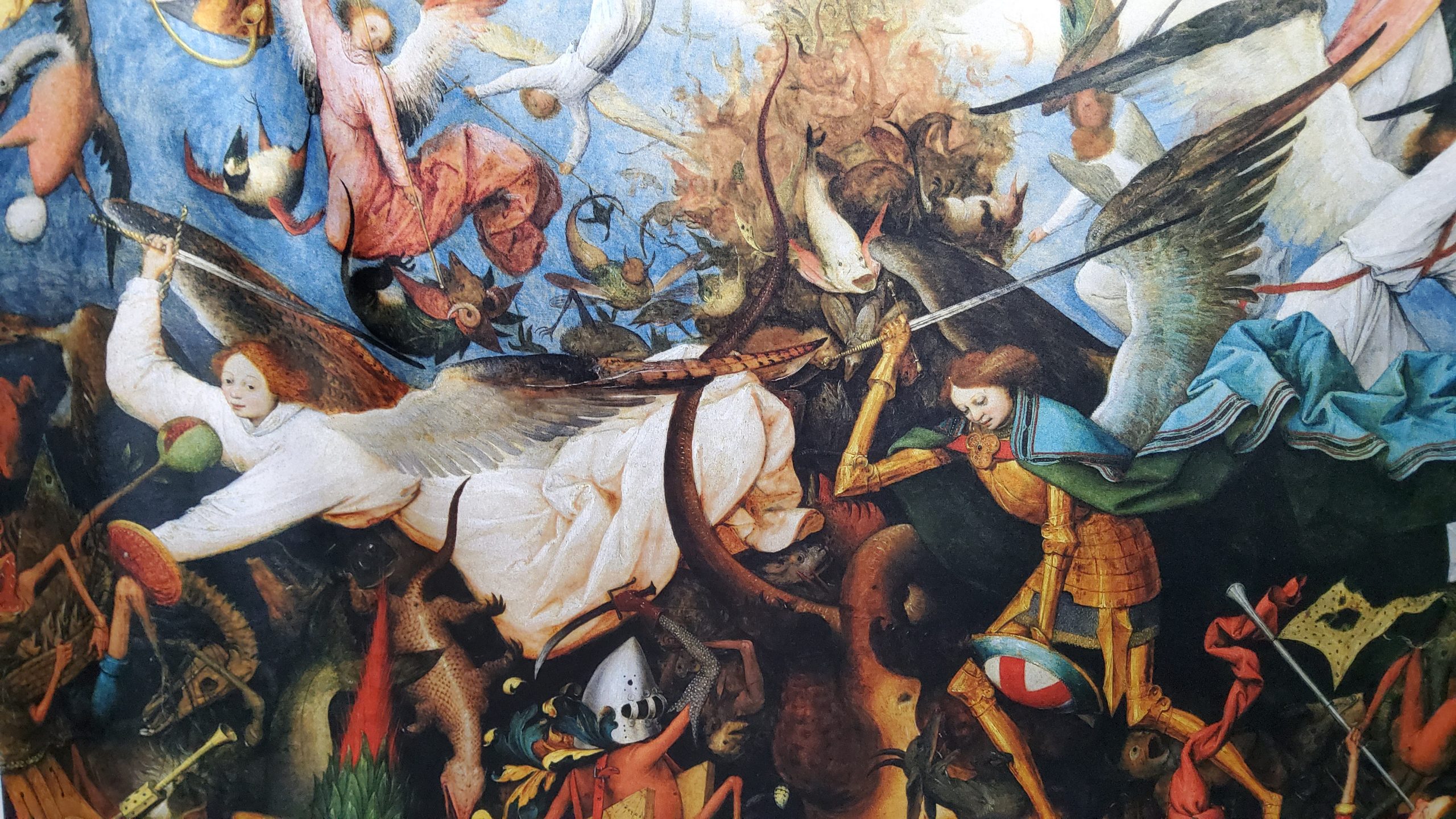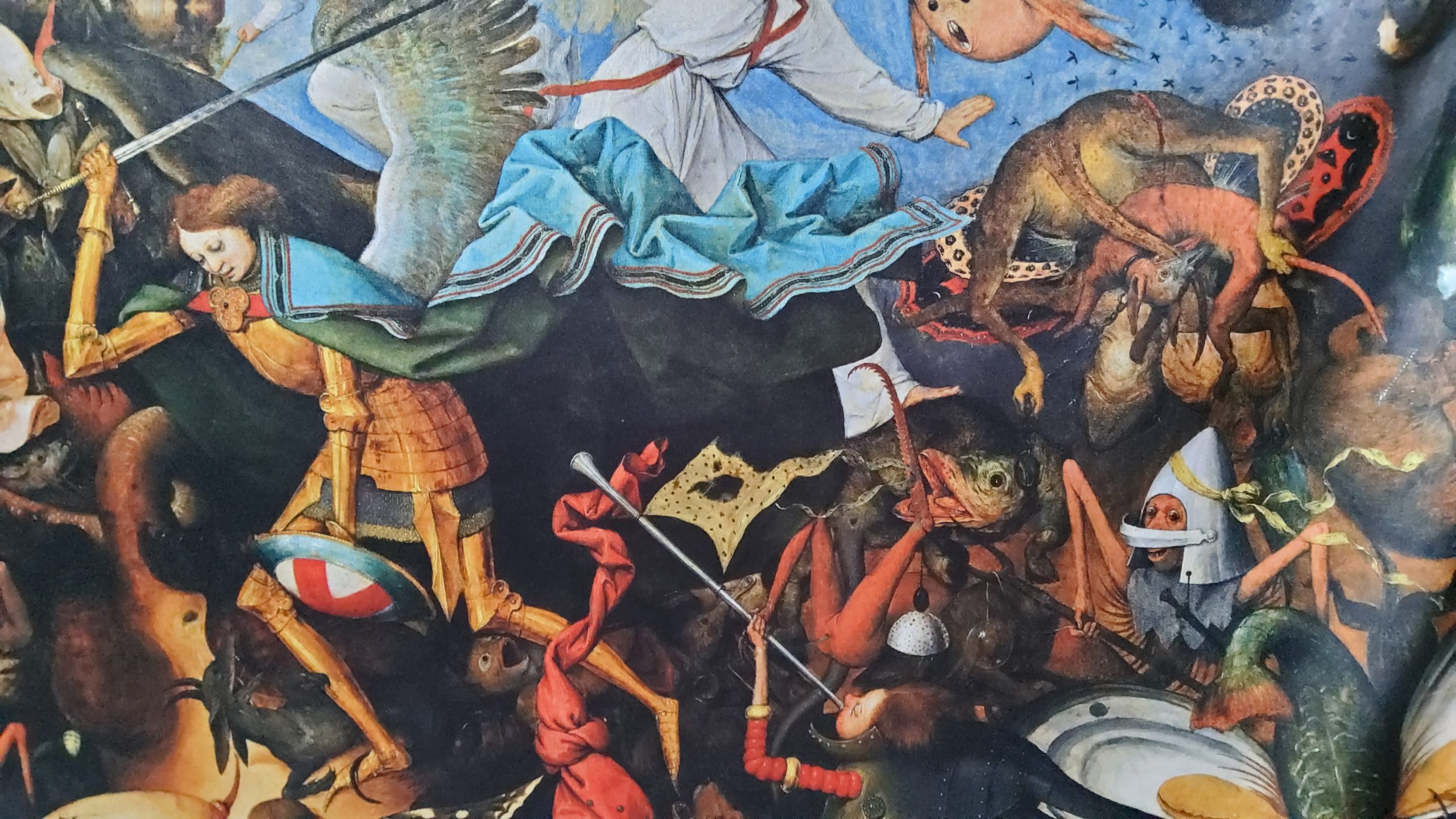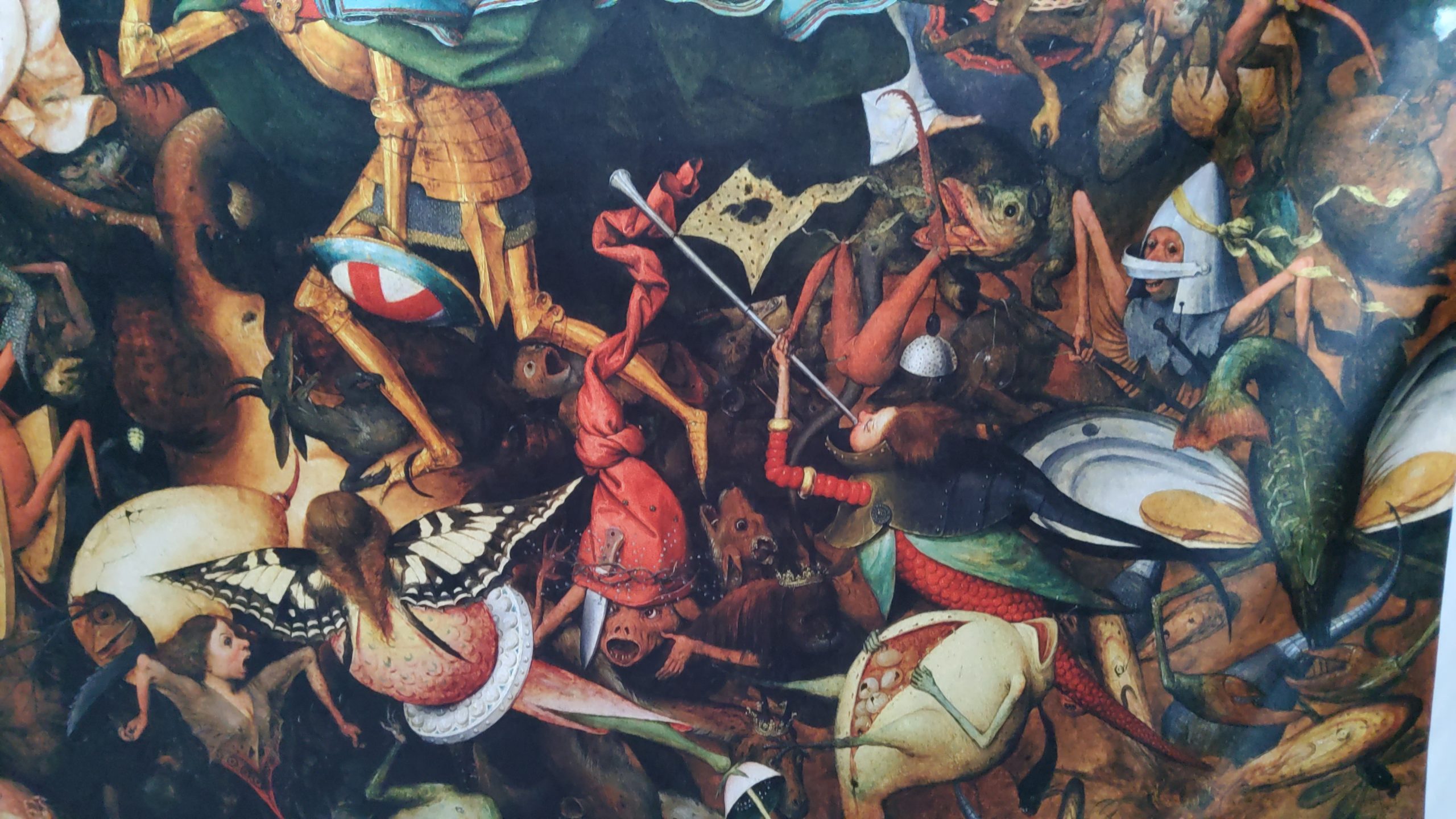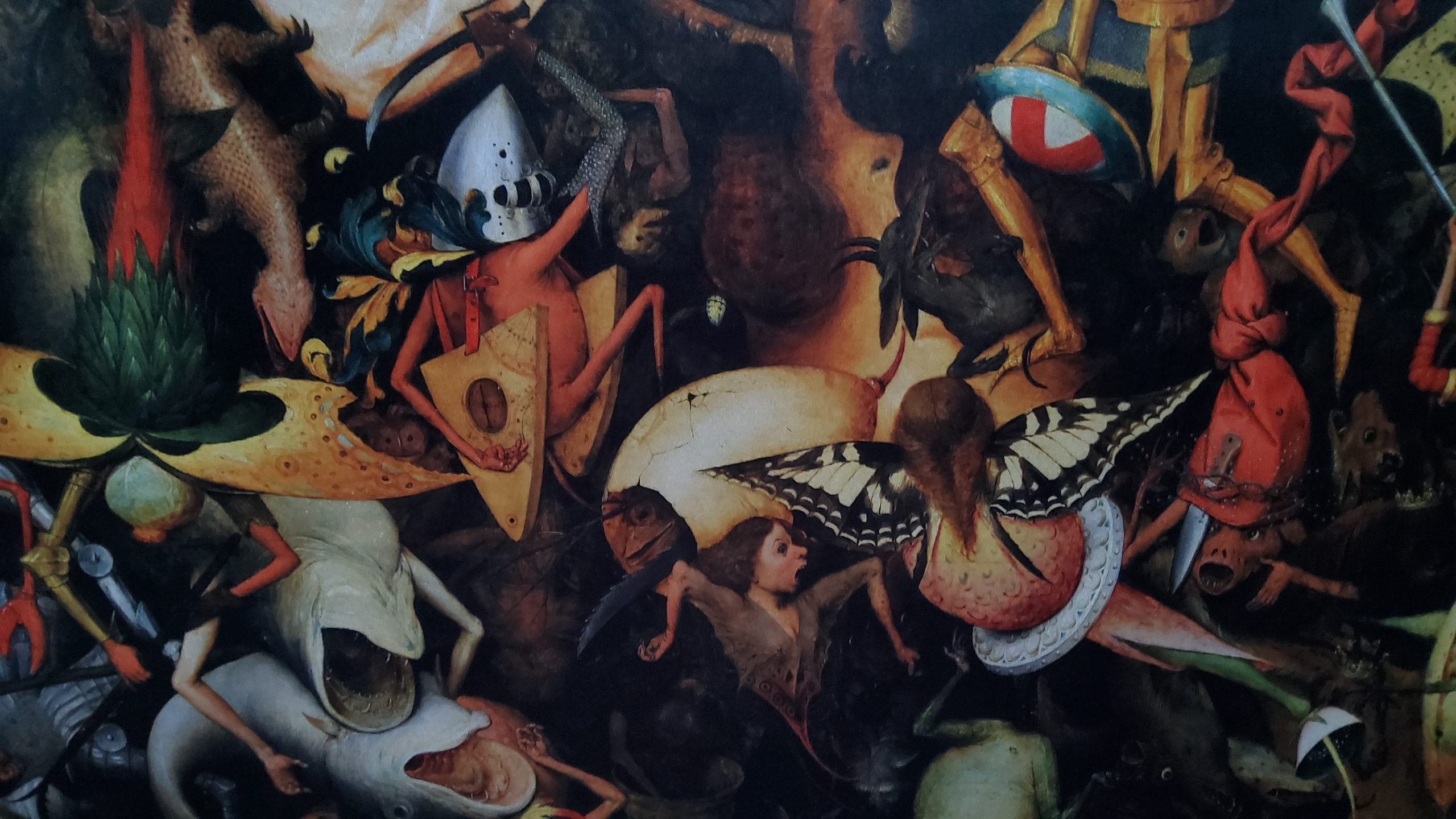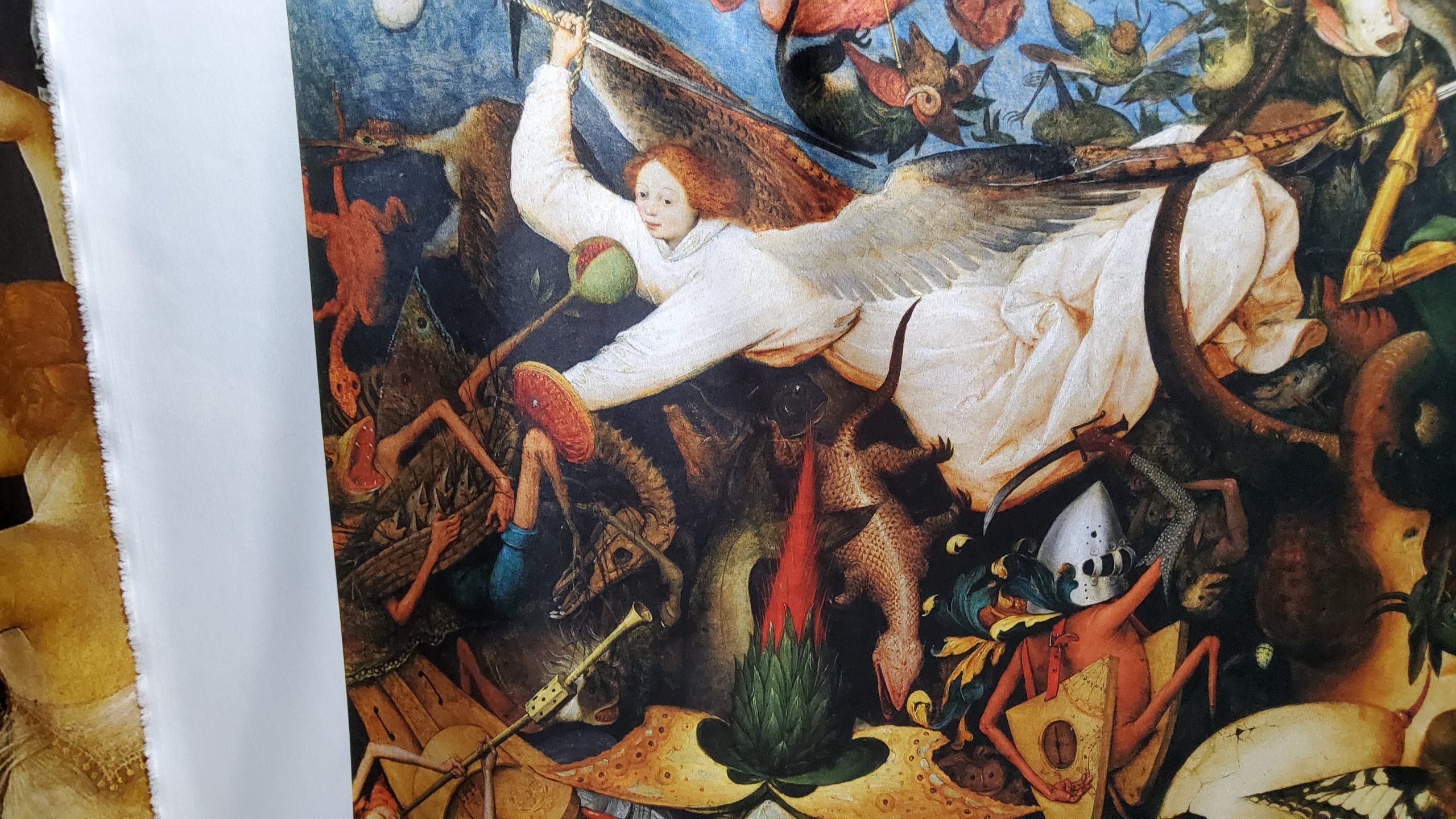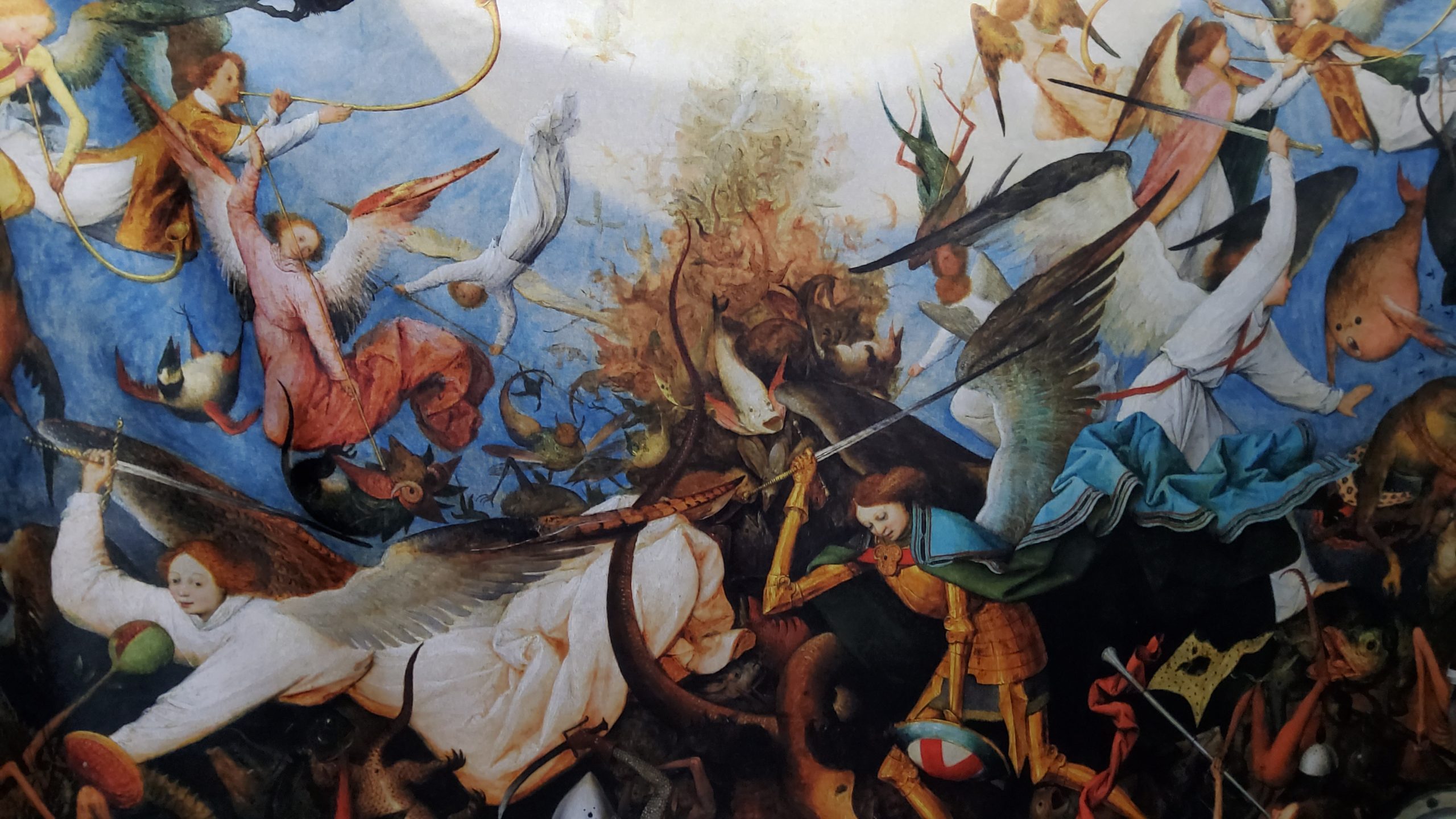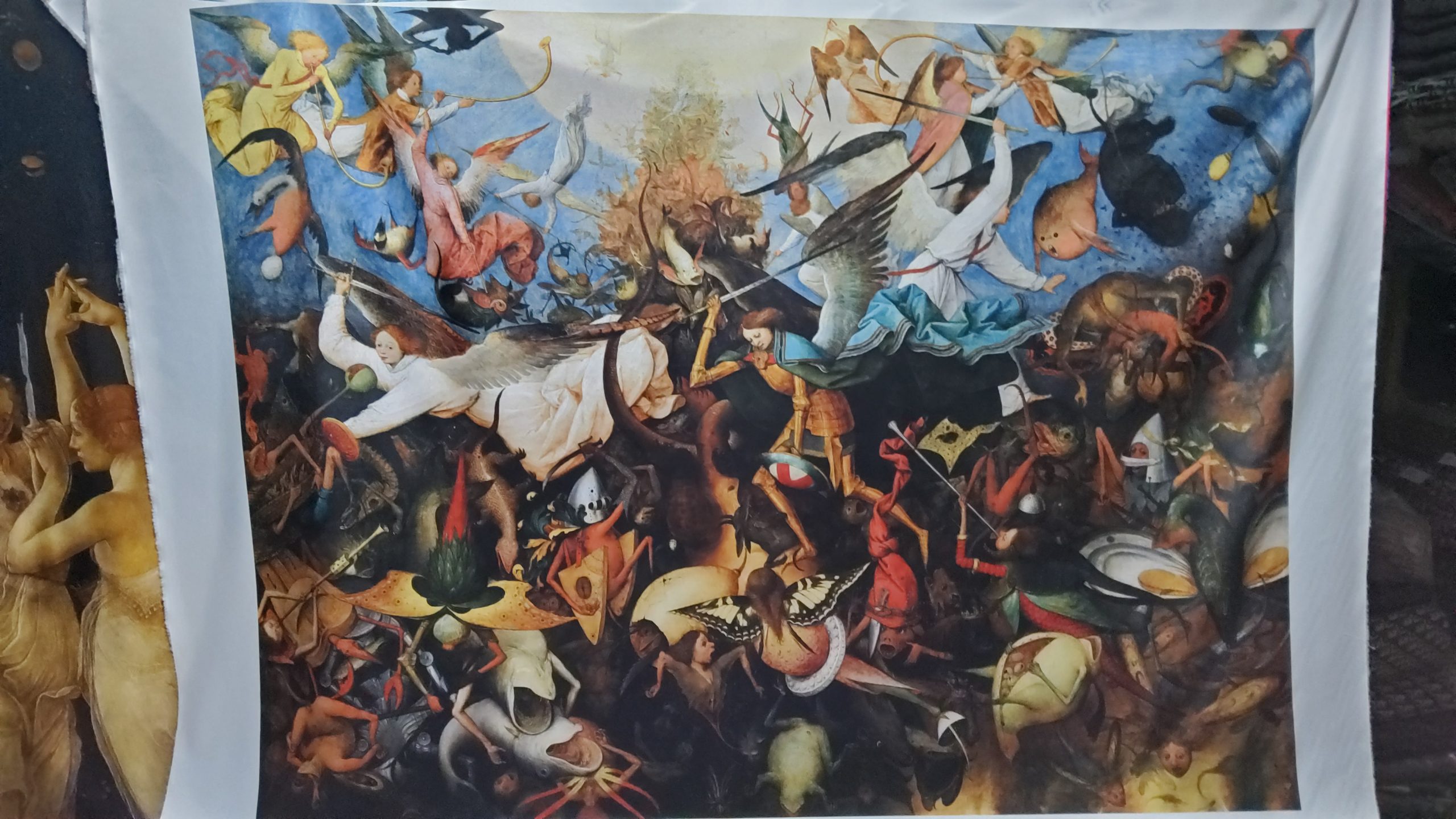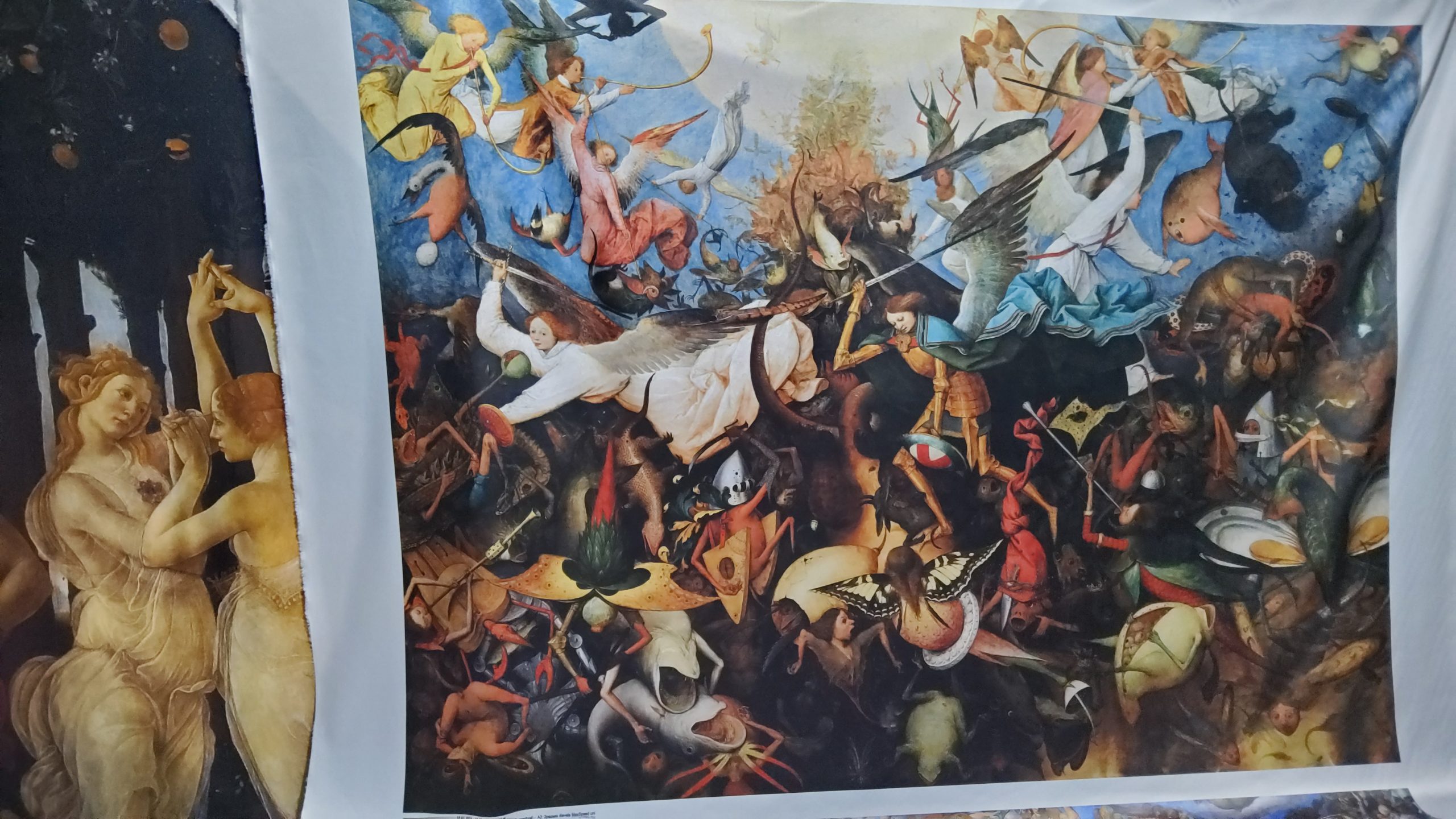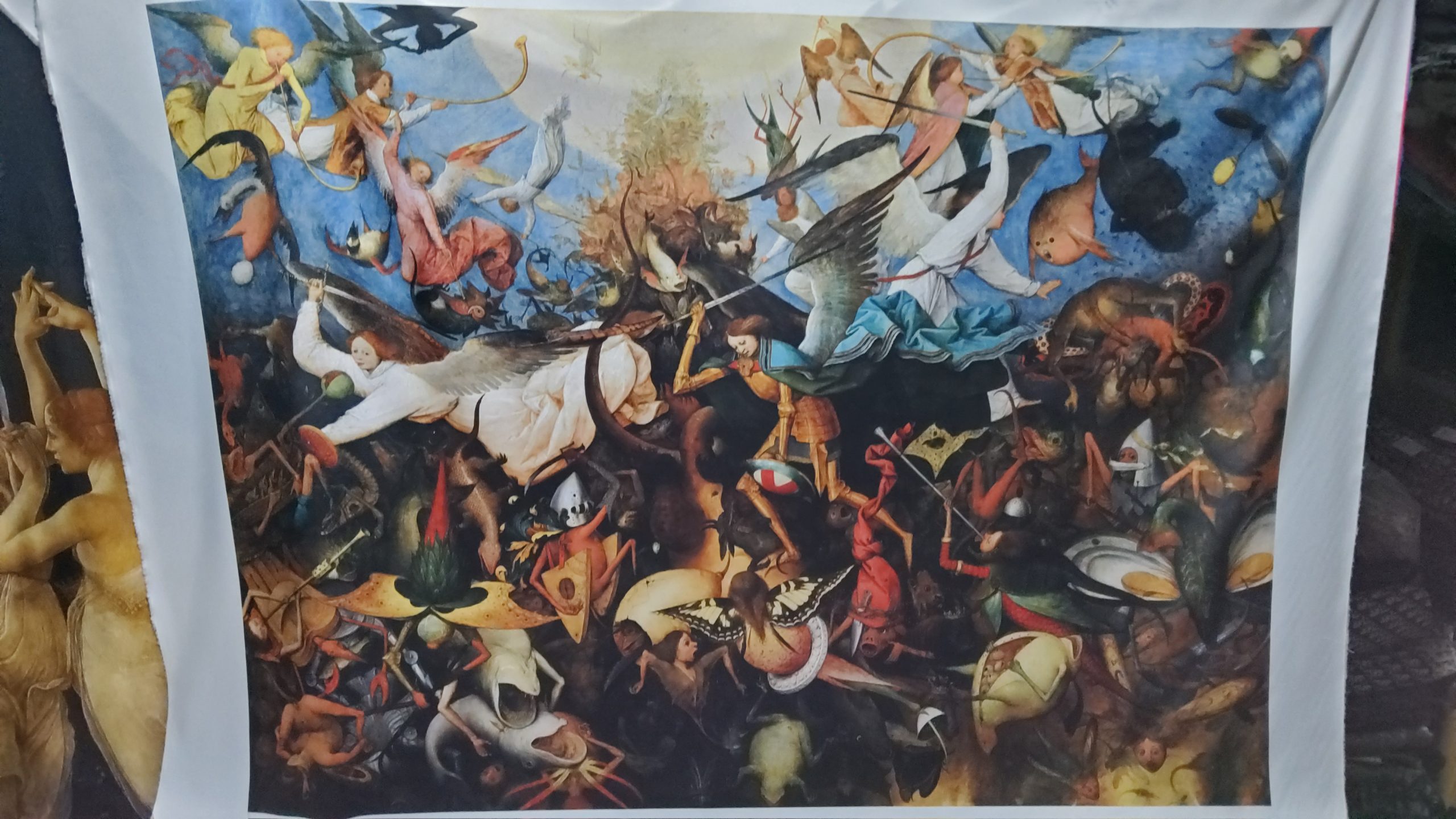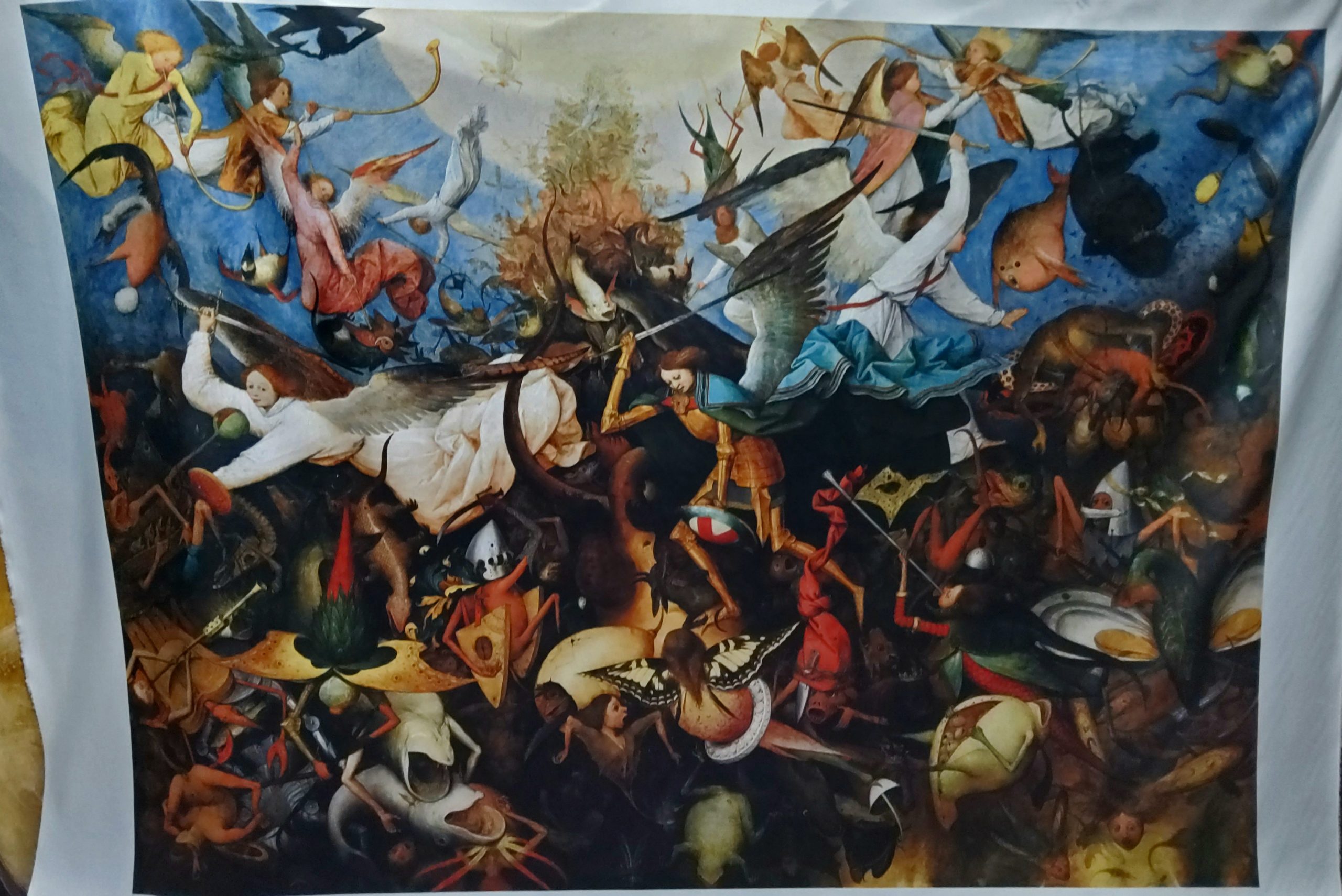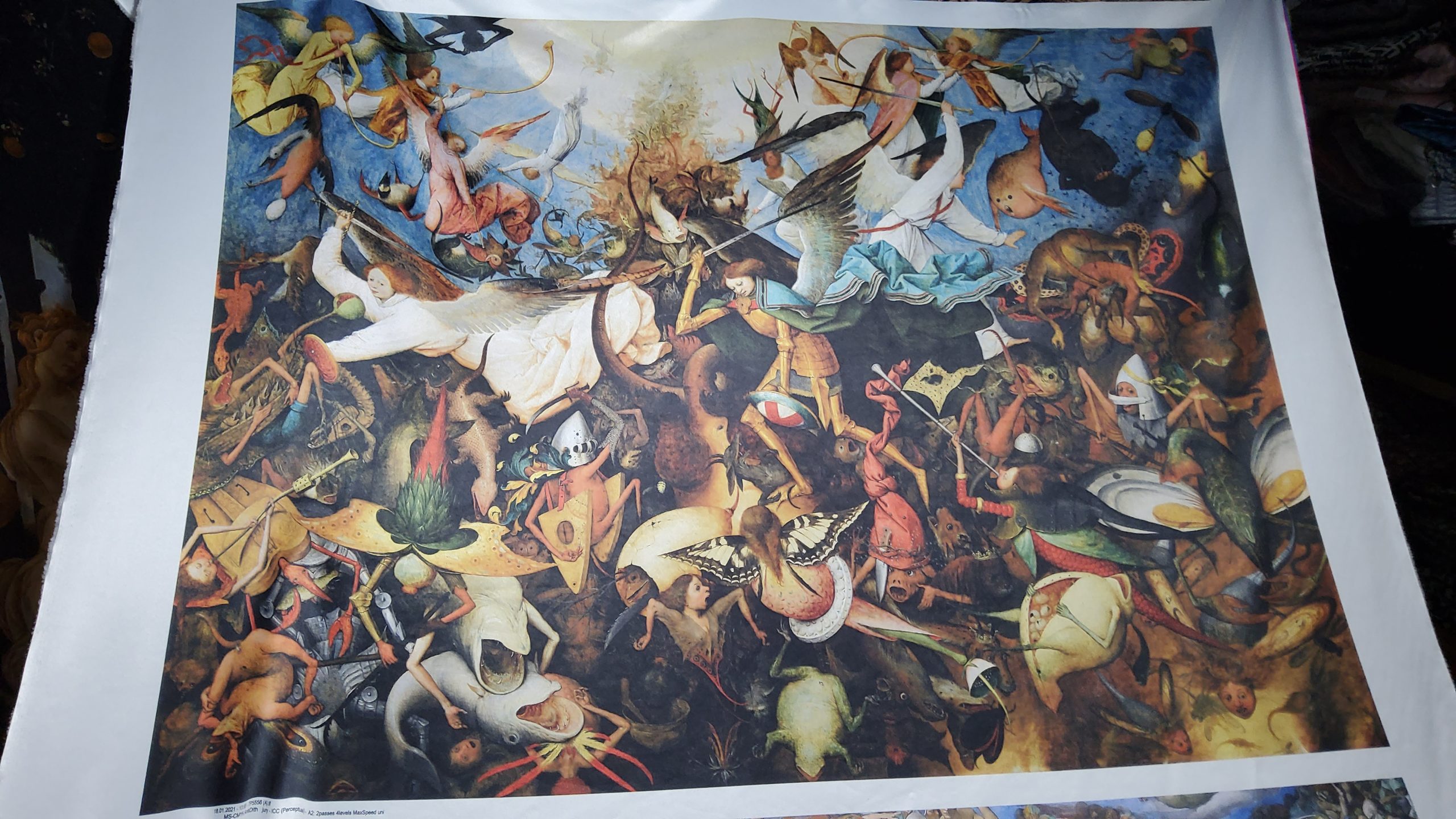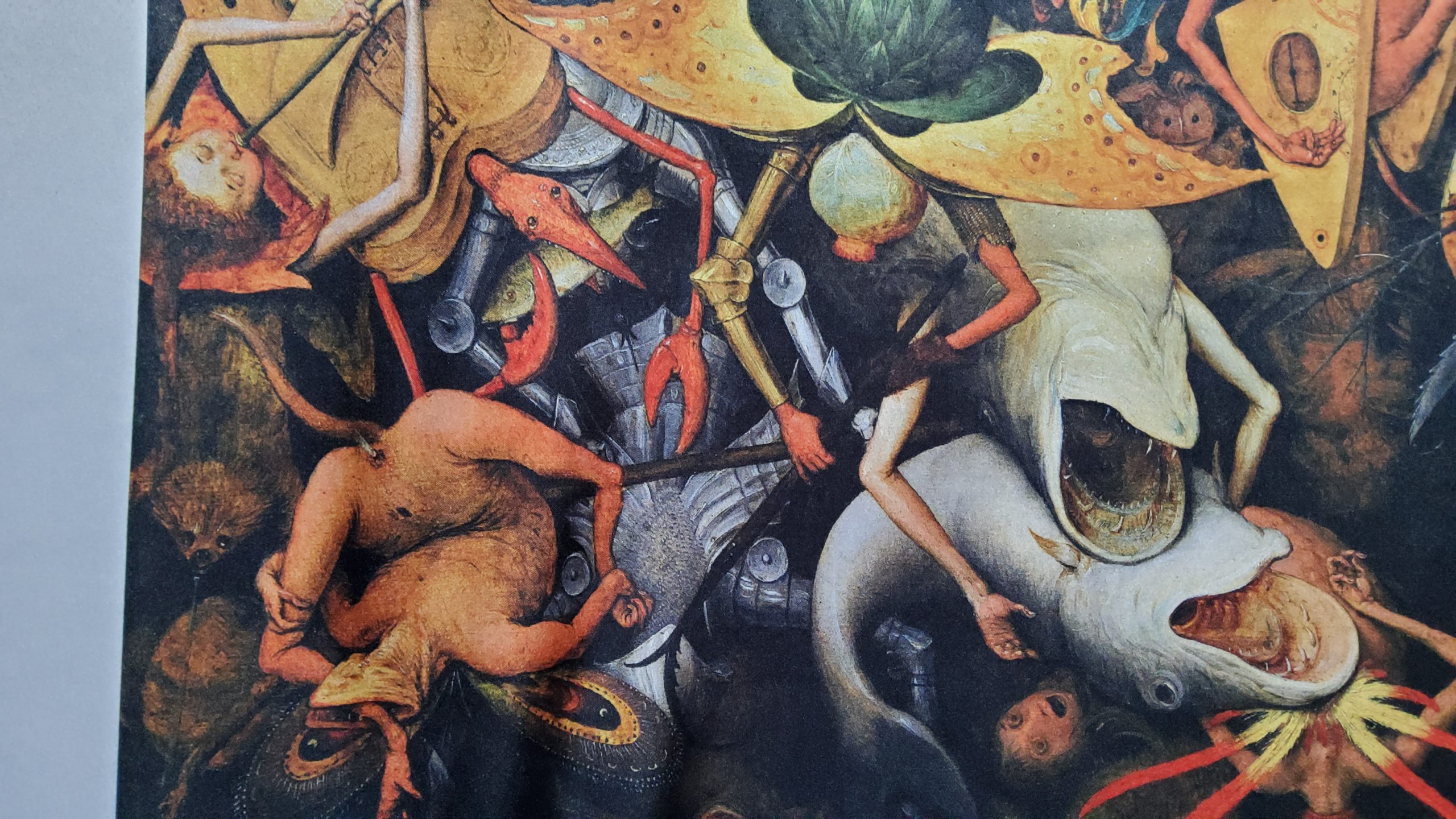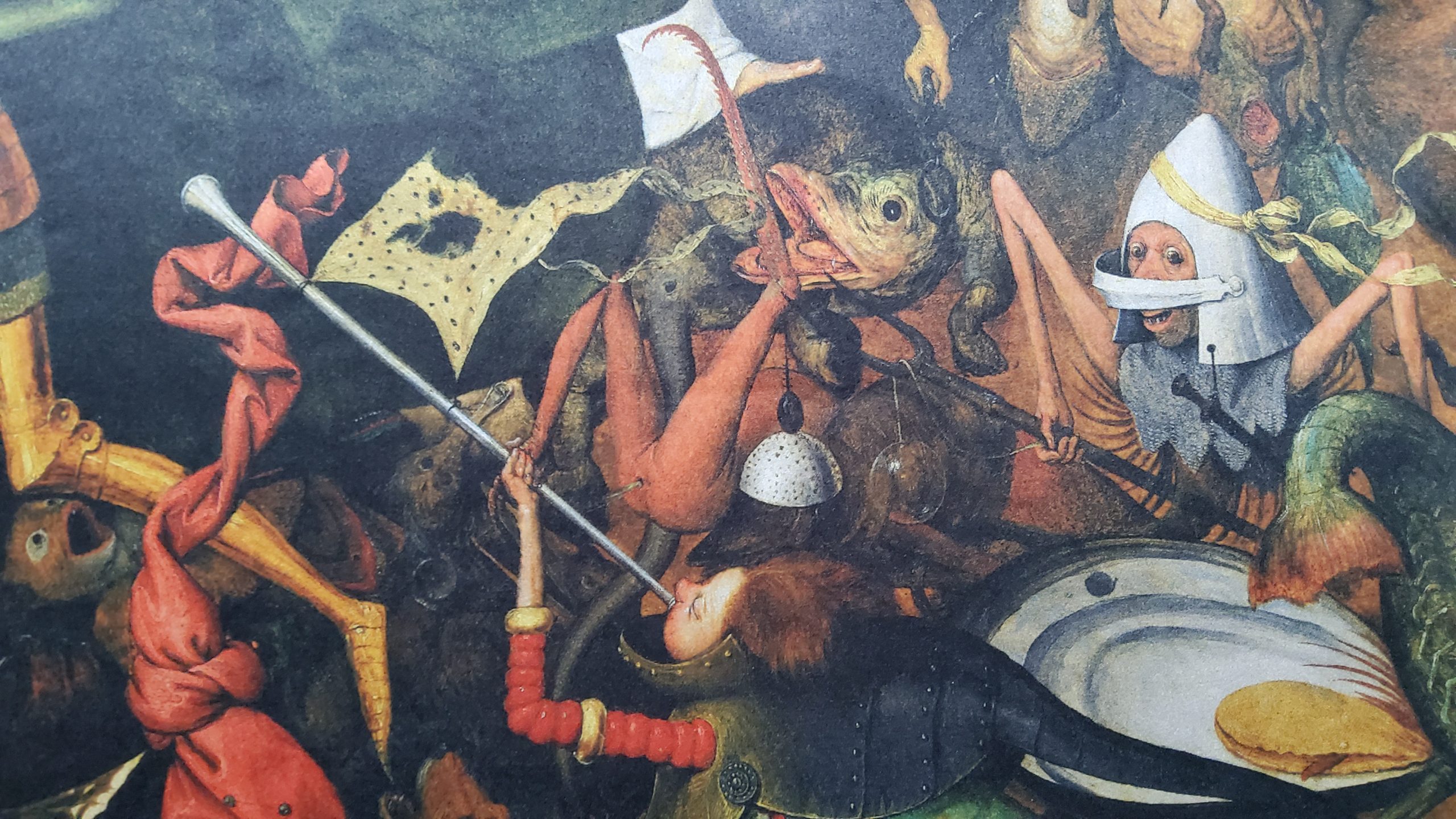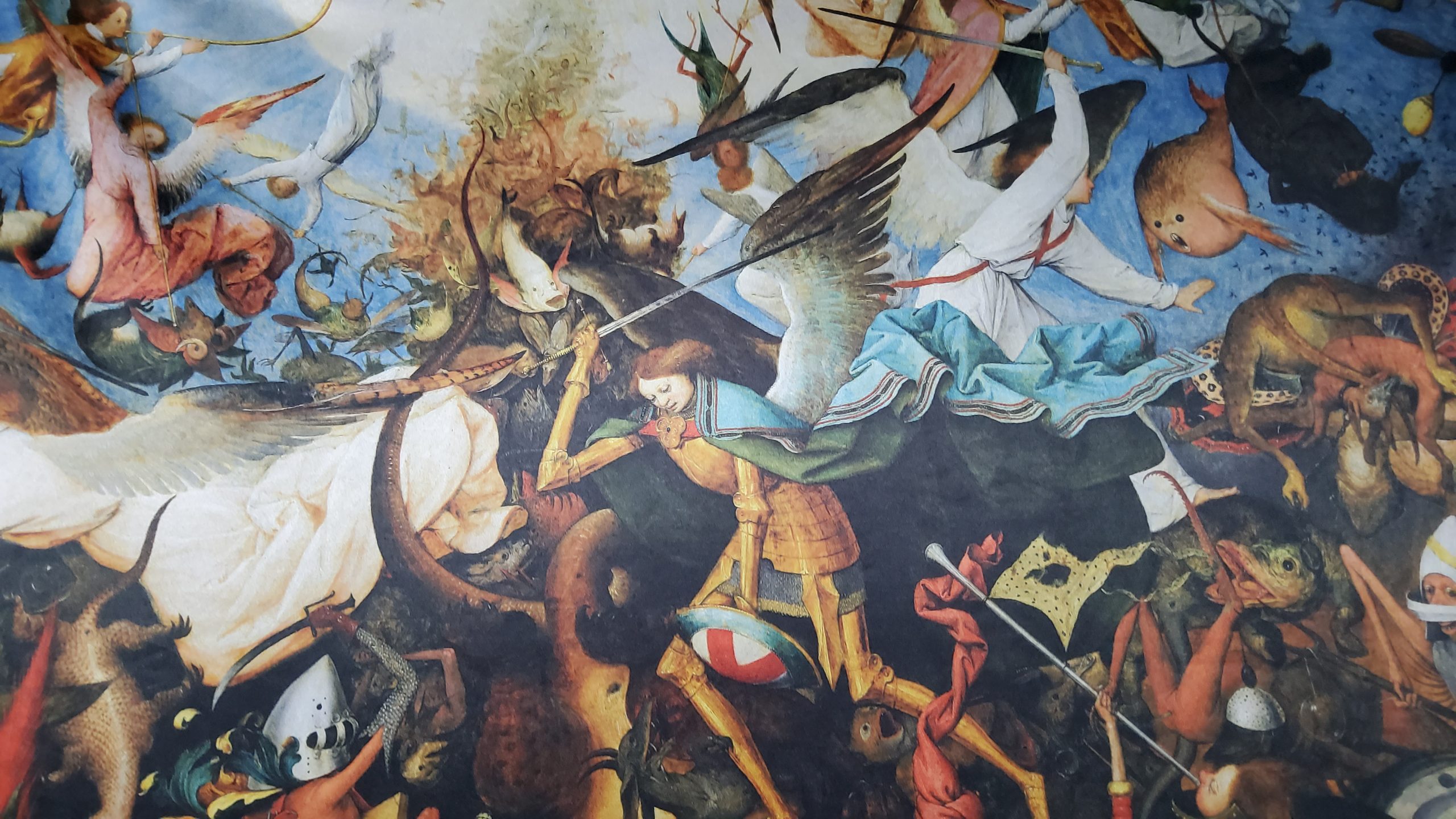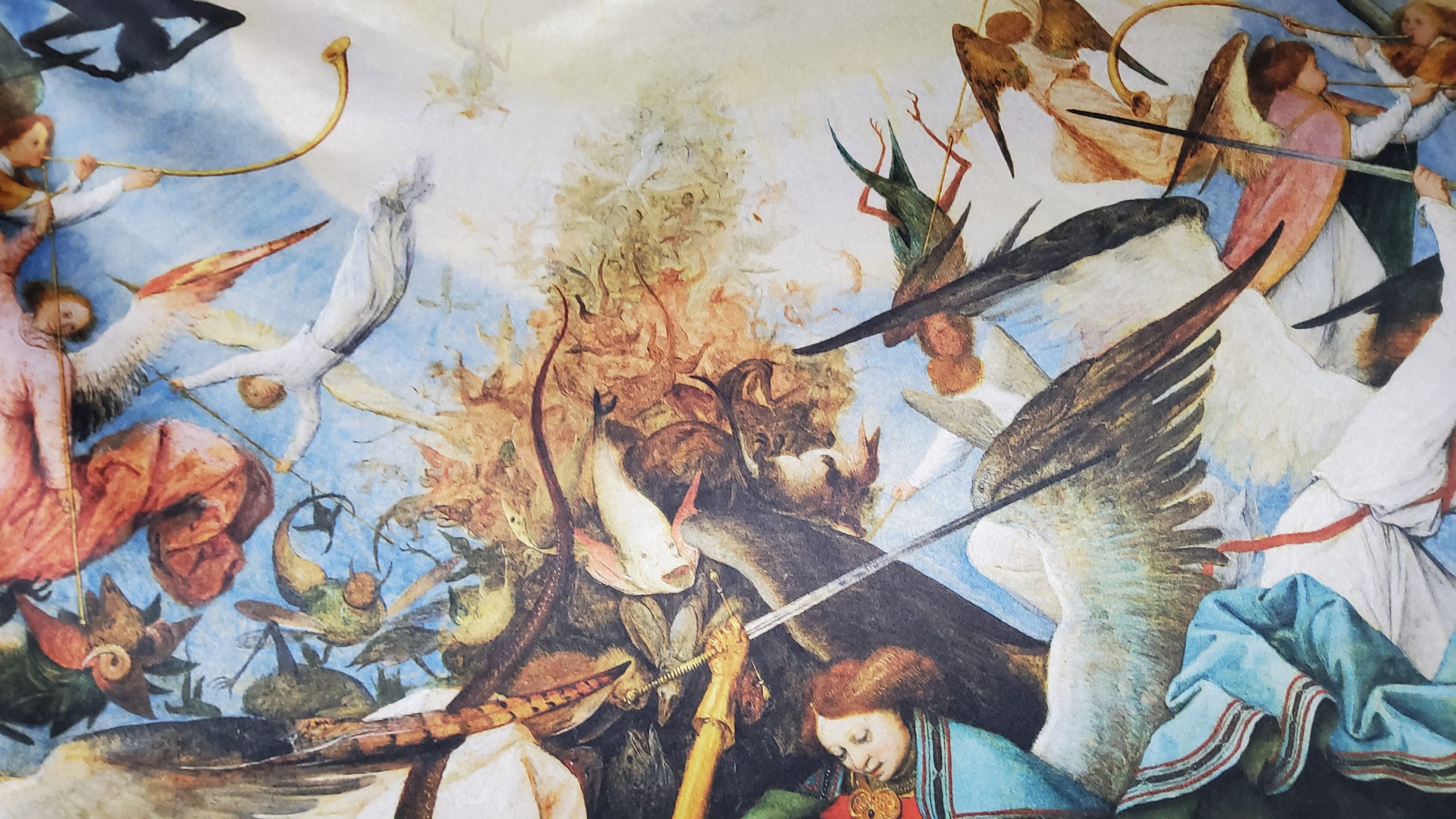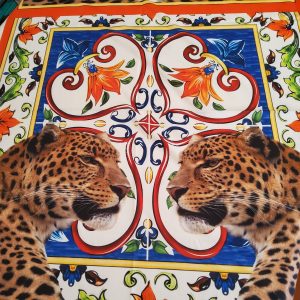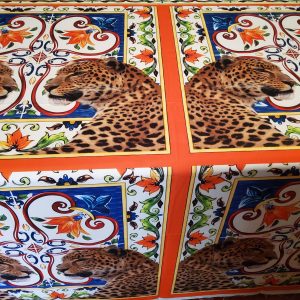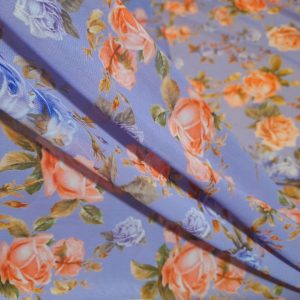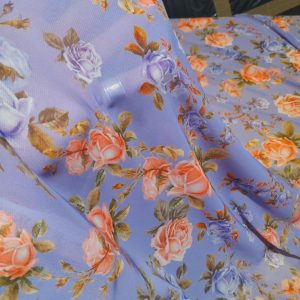The Fall of the Rebel Angels is an oil-on-panel art piece painted in 1562 by the Netherlandish Renaissance artist, Pieter Bruegel the Elder. The painting is 117cm x 162cm (46 inches by 64 inches) and is currently held in the Royal Museums of Fine Arts of Belgium in Brussels. The Fall of Rebel Angels depicts Lucifer along with the other fallen angels that have been kicked out of heaven. Angels are falling from the sun in a stacked manner along with ungodly creatures that Bruegel has created. This piece by Bruegel was previously thought to be a Hieronymus Bosch piece. Bruegel was influenced by a variety of artists such as Albrecht Dürer, Frans Floris I, and Hieronymus Bosch. He also got ideas for the creation of his creatures in his previous works, The Last Judgement and Mad Meg (Dulle Griet).
Painted in 1562, Bruegel’s depiction of this subject of Lucifer falling with his fallen angels is taken from a passage from Revelation 12, and reveals the artist’s profound debt to Hieronymus Bosch. This is shown through the grotesque, ugly or distorted, figures painted as half-human and half-apocalyptic creatures.
Lucifer was designed to be a perfect angel. He fell from heaven because of his pride and rebellion against God’s divine plan, which was to appoint Jesus as the people’s savior. Lucifer coerced one-third of the angels to follow his lead in the rebellion and to assist in appointing him to be the new “God.” The sin of pride caused the fall of Lucifer and his companions and resulted in the “war in heaven” The archangel Michael was given the duty to drive Lucifer and the fallen angels out of heaven. The conflict of good and evil as well as vice and virtue are constant recurring themes throughout Bruegel’s work.
The composition with a central figure placed among many smaller figures was favored by Bruegel during this time. This is not only shown through The Fall of Rebel Angels but through art pieces such as Dulle Griet and in the series of engravings of the Vices and the Virtues completed for the Antwerp publisher Hieronymus Cock.
The painting is a split landscape with the top portion being heaven and the bottom portion representing hell. Heaven is illustrated with light blues, vibrant colors, and surrounded by flying angels, while hell is much darker than heaven. This is illustrated through dark tones and demonic creatures to set the distinct difference between the two. The entire space is filled and little absent space is present.
Figures
There are many figures painted in this work of art. The central figure is the archangel Michael depicted with a sword. He is in triumph as he defeats the fallen angels and demonic creatures.Above the archangel, there are figures coming out of what looks like a hole in the sky which is the sun. The figures represent Lucifer, the fallen angels, and demonic creatures. There are also an abundance of exotic animals alongside deformed and mutated figures. There are two other prominent figures on either side of archangel Michael who are dressed in all white to contrast the dark colors underneath them.[pThese figures are good angels who are assisting in the fight against the rebellious angels. In the upper portion in both corners, there are angelic musicians playing their instruments as if the war between good and evil has already been played out. The action of playing the trumpets foreshadow a successful triumph.
Due to not finding a signature on the painting, the Royal Museum of Fine Arts first inherited the painting with the idea that the artist of the painting was Hieronymus Bosch. The signature was found under the frame in 1900 with the name of Pieter Bruegel on it. With this finding, they assumed the painting came from Pieter the Younger. Later, after finding a date on the painting, it was clarified that the artist was not Pieter the Younger but Pieter Bruegel the Elder.
Our collection “Art meets fashion” is dedicated to the epoch of genius Renaissance’s artists which have contributed an invaluable work in the World of Art and made it possible for future generations to contemplate and plunge into the beauty of past centuries thanks to the great heritage.
Rozitta Rapetti presents fabric in silk panel measures
Composition: 100% silk
Specific: Heavy, non transparent
Size:120/90 cm
Guarantee:20 years
care: Dry cleaning only!
Technique:Digital paint.Paint used for the fabric is consists same components and structure as the original used back in the XV-XVI centuries.
£250

